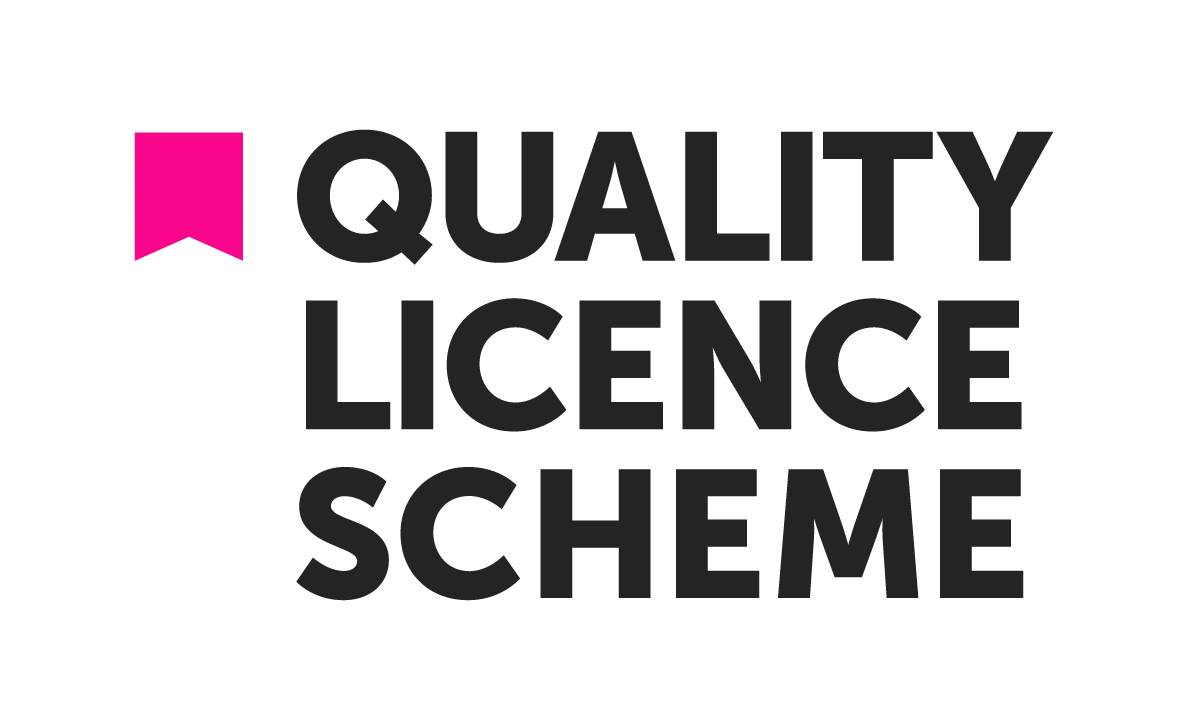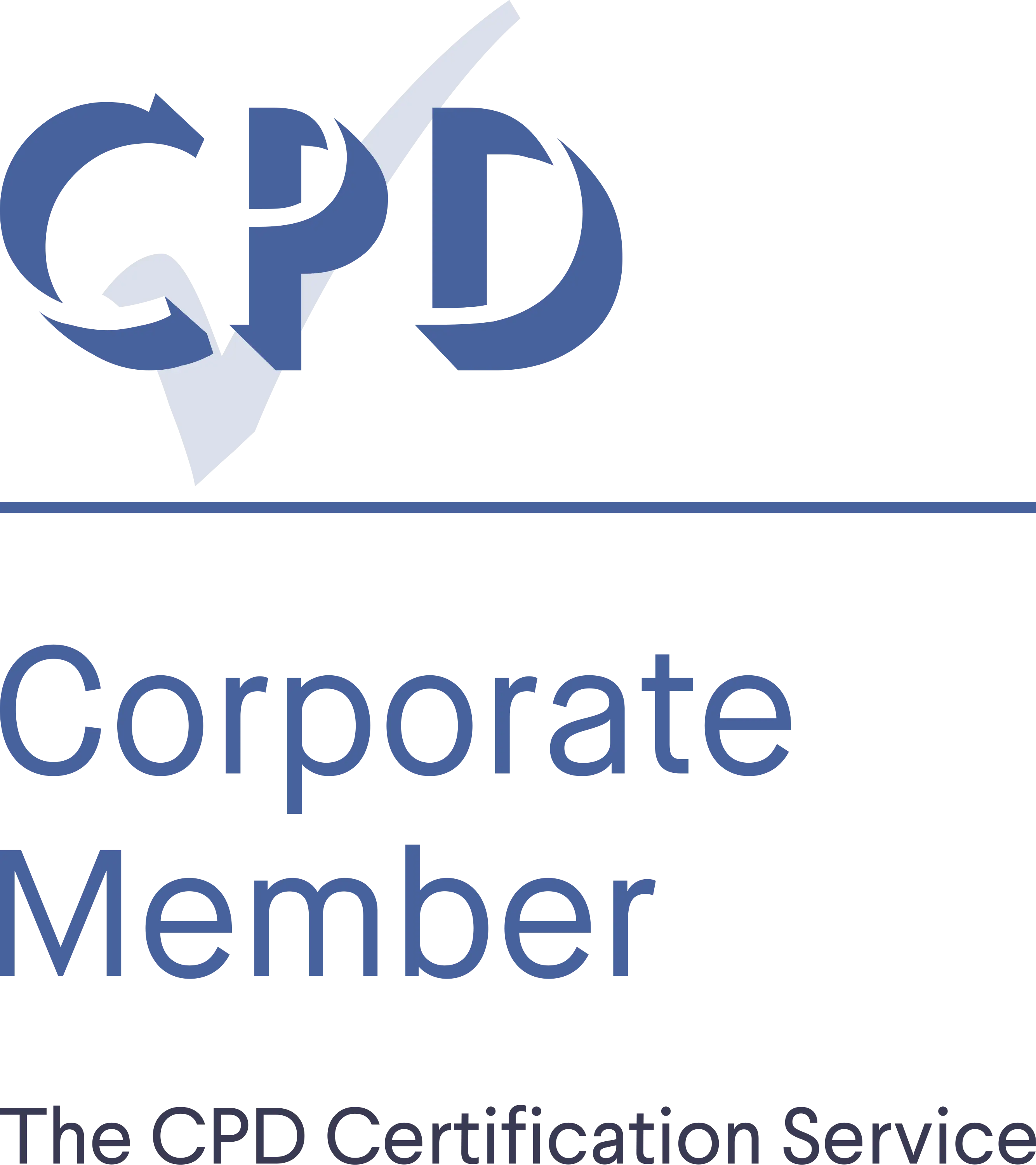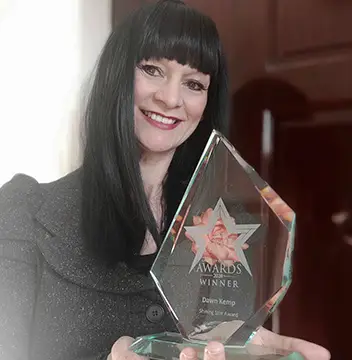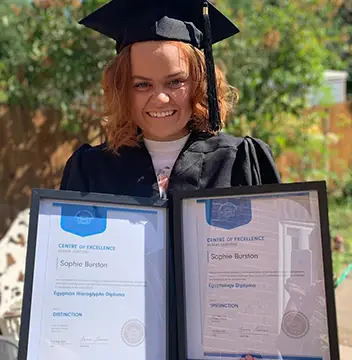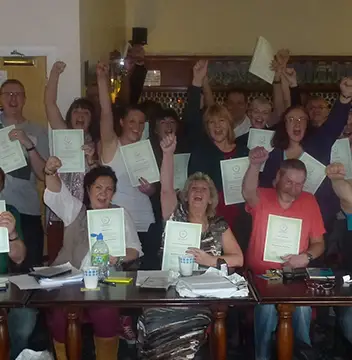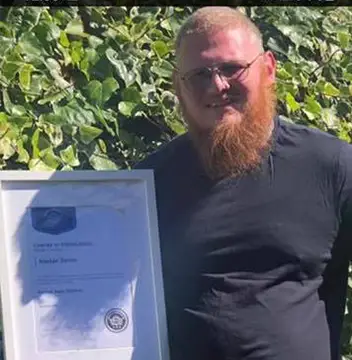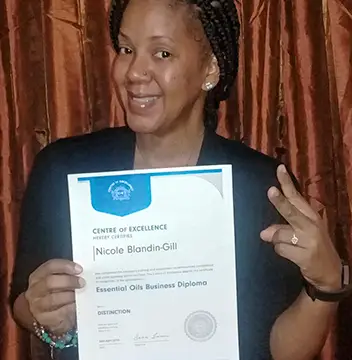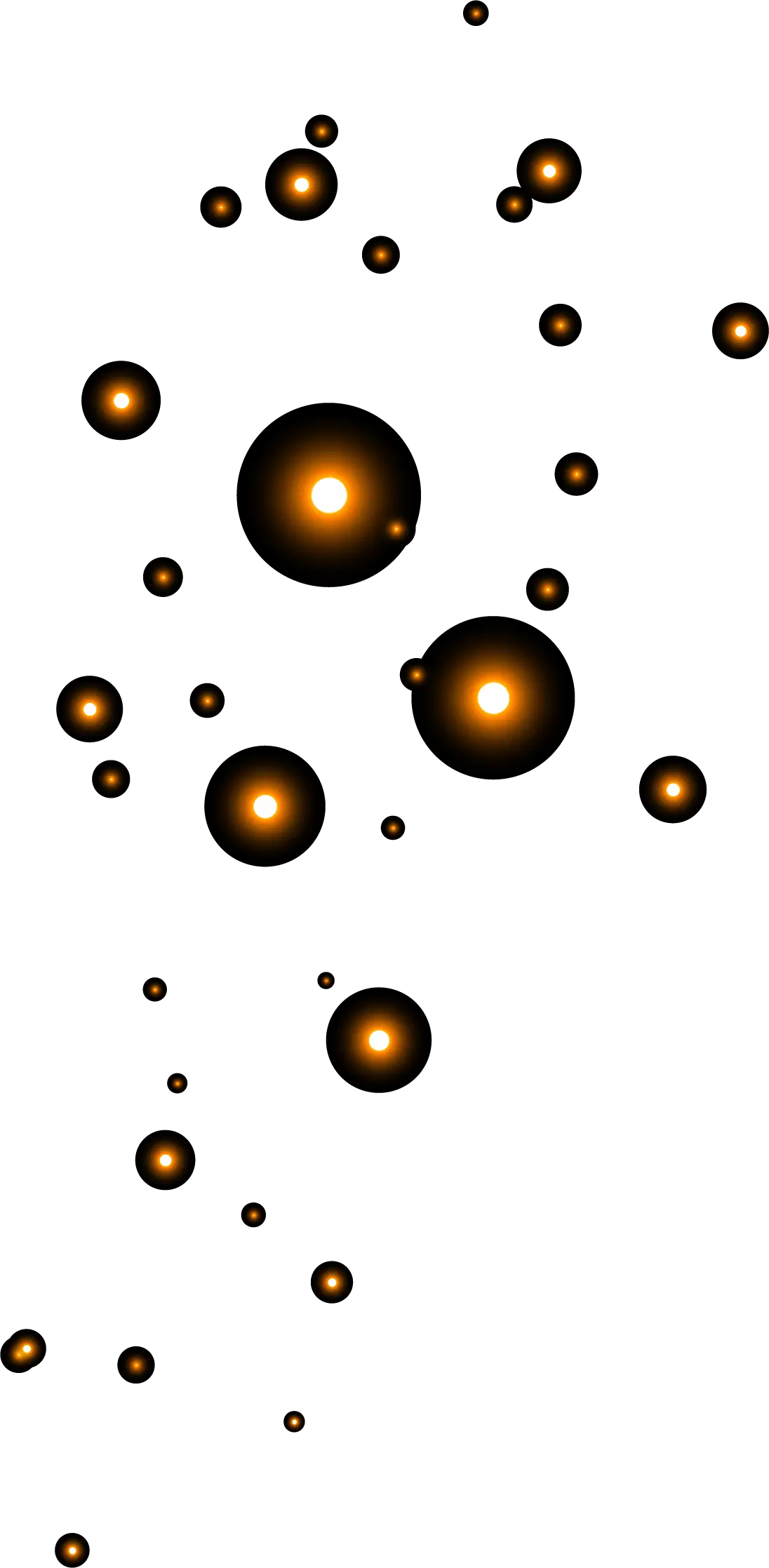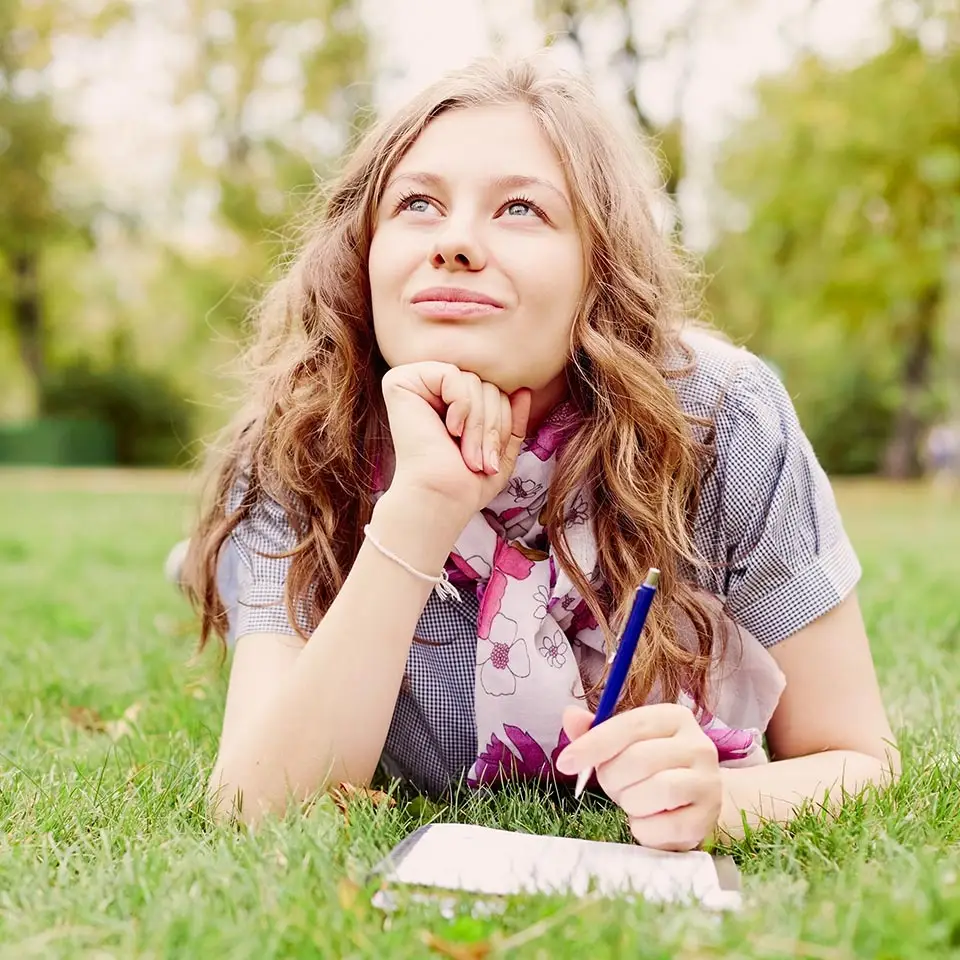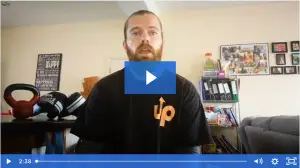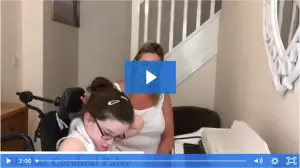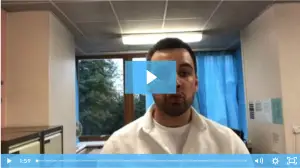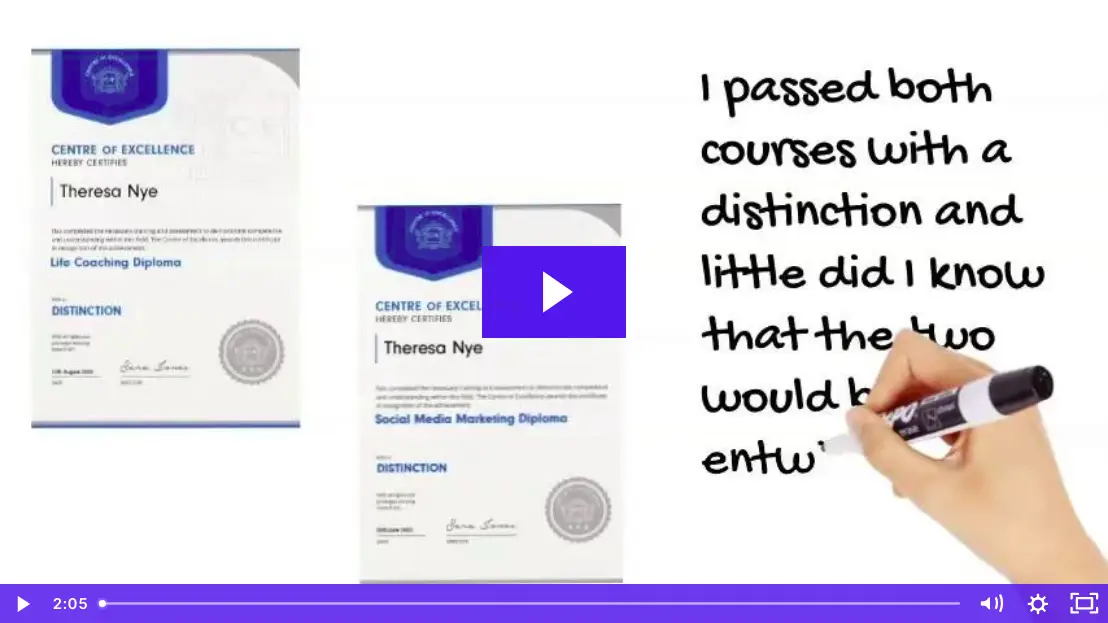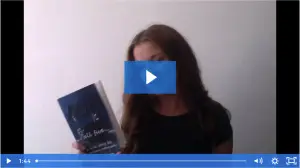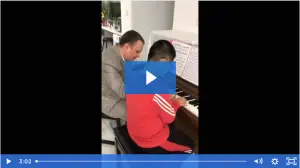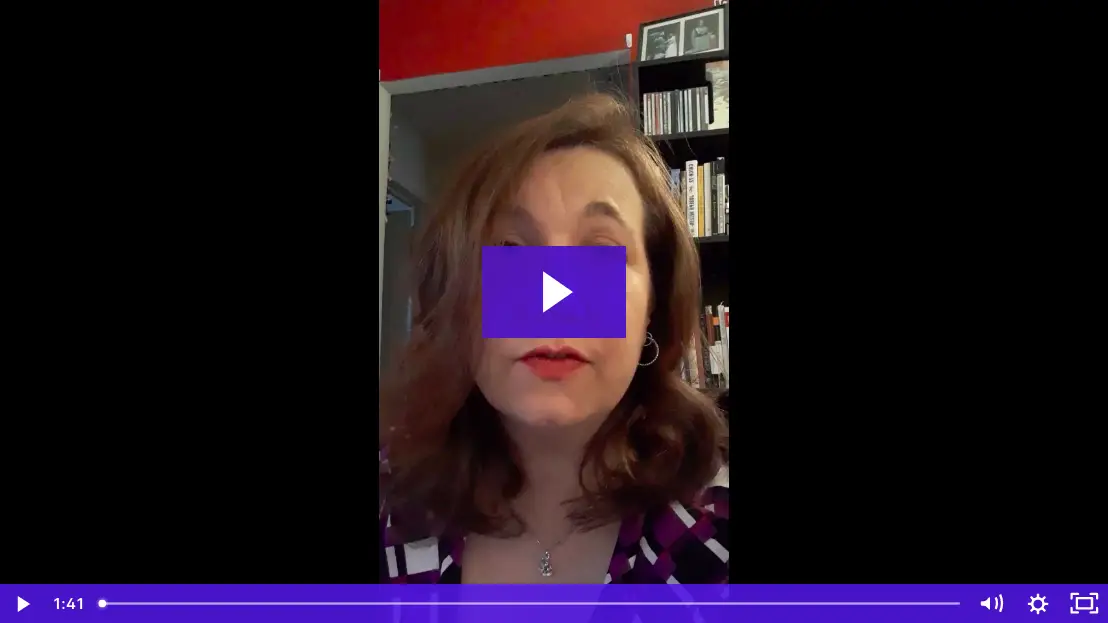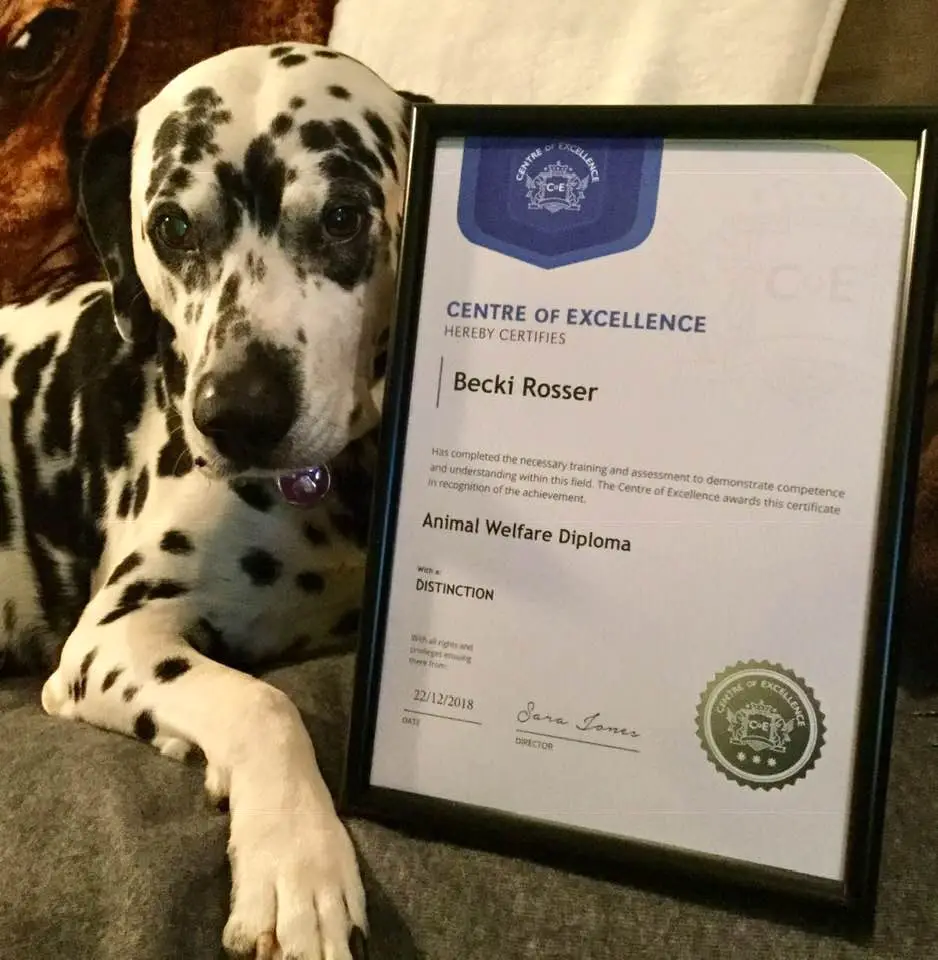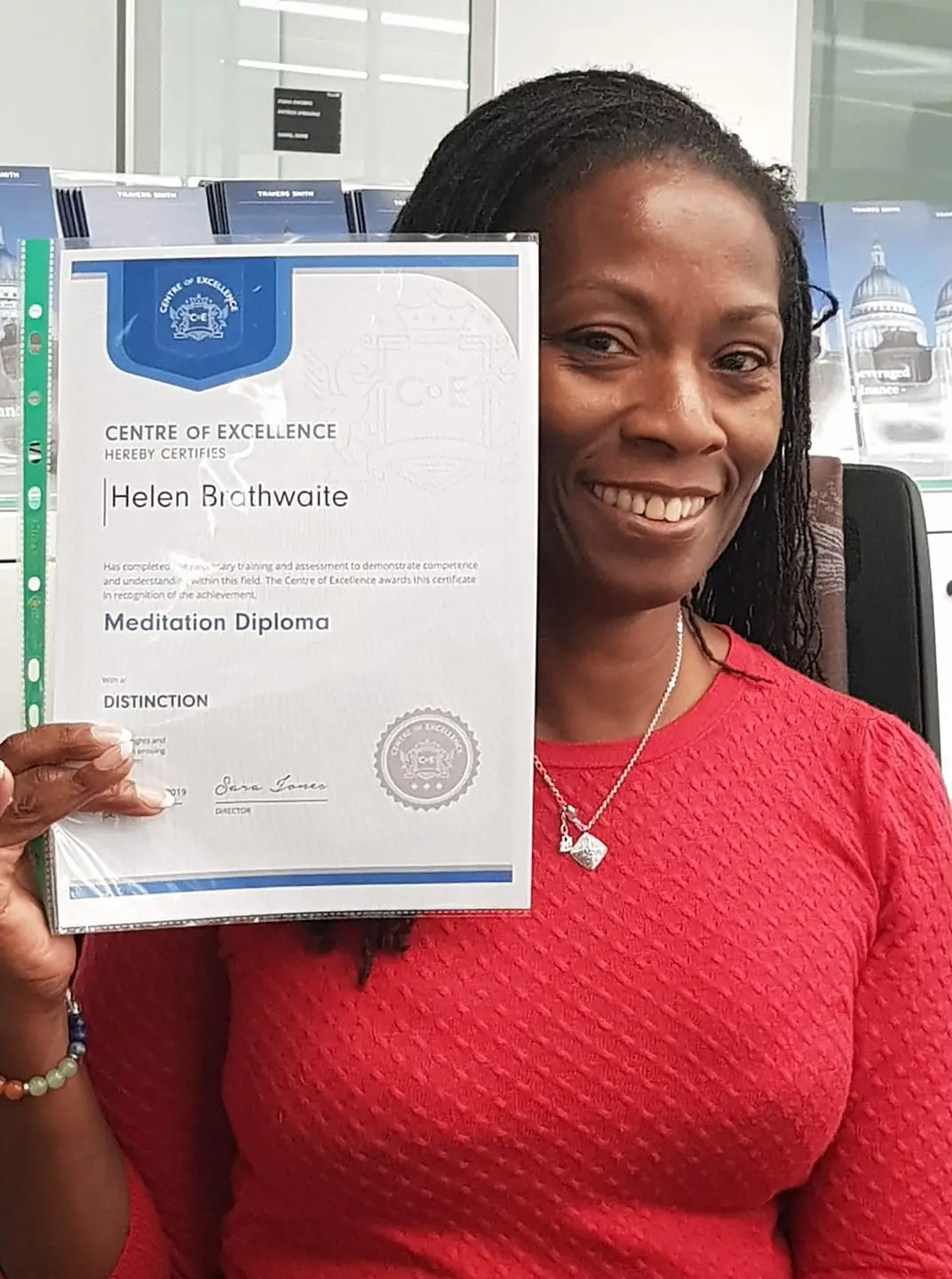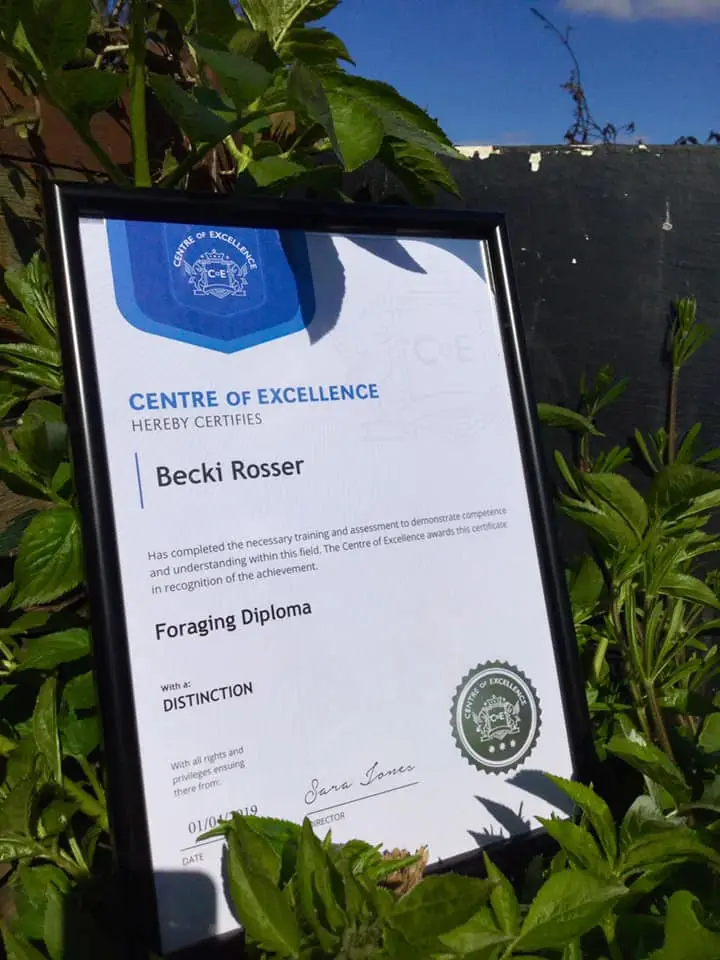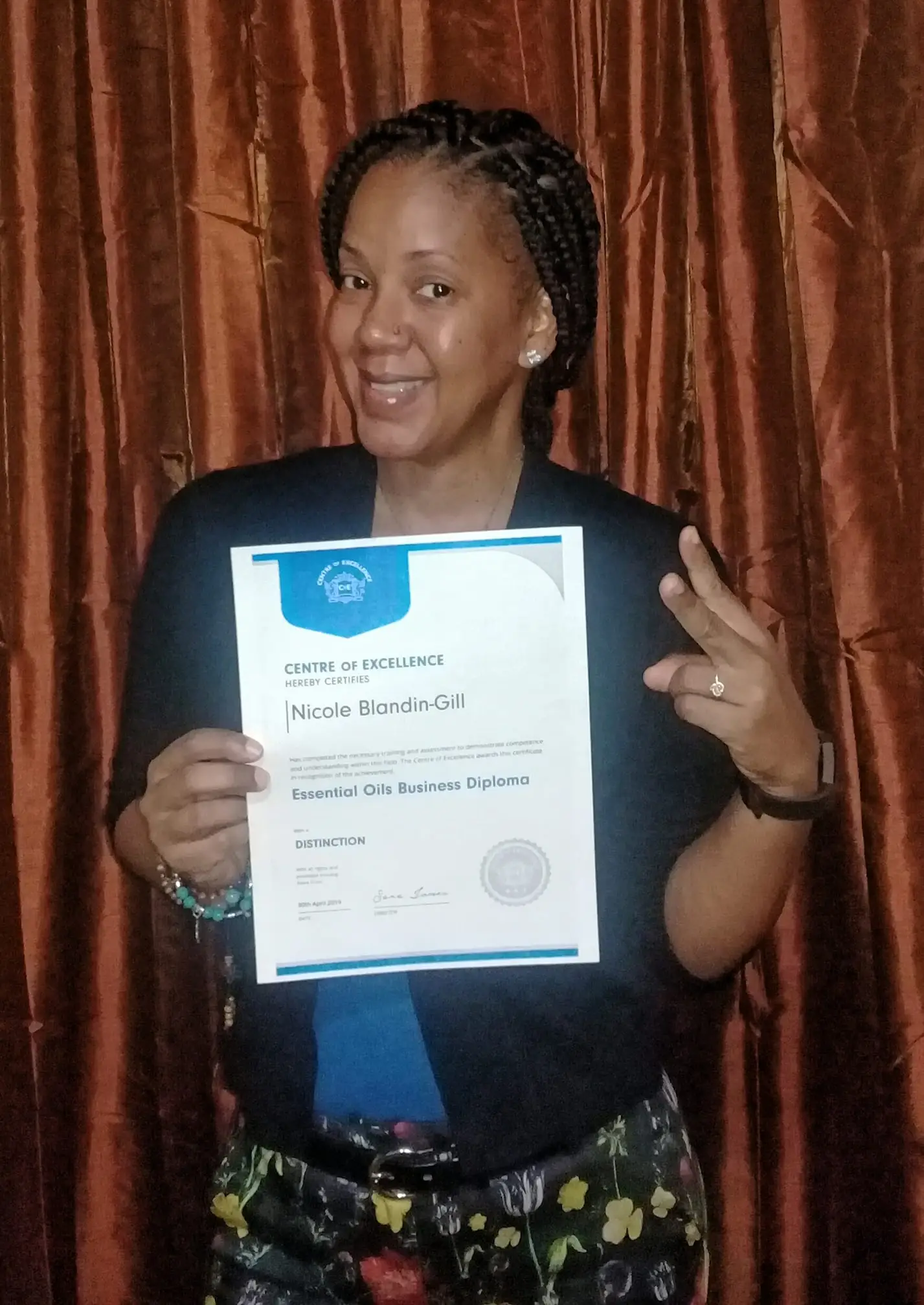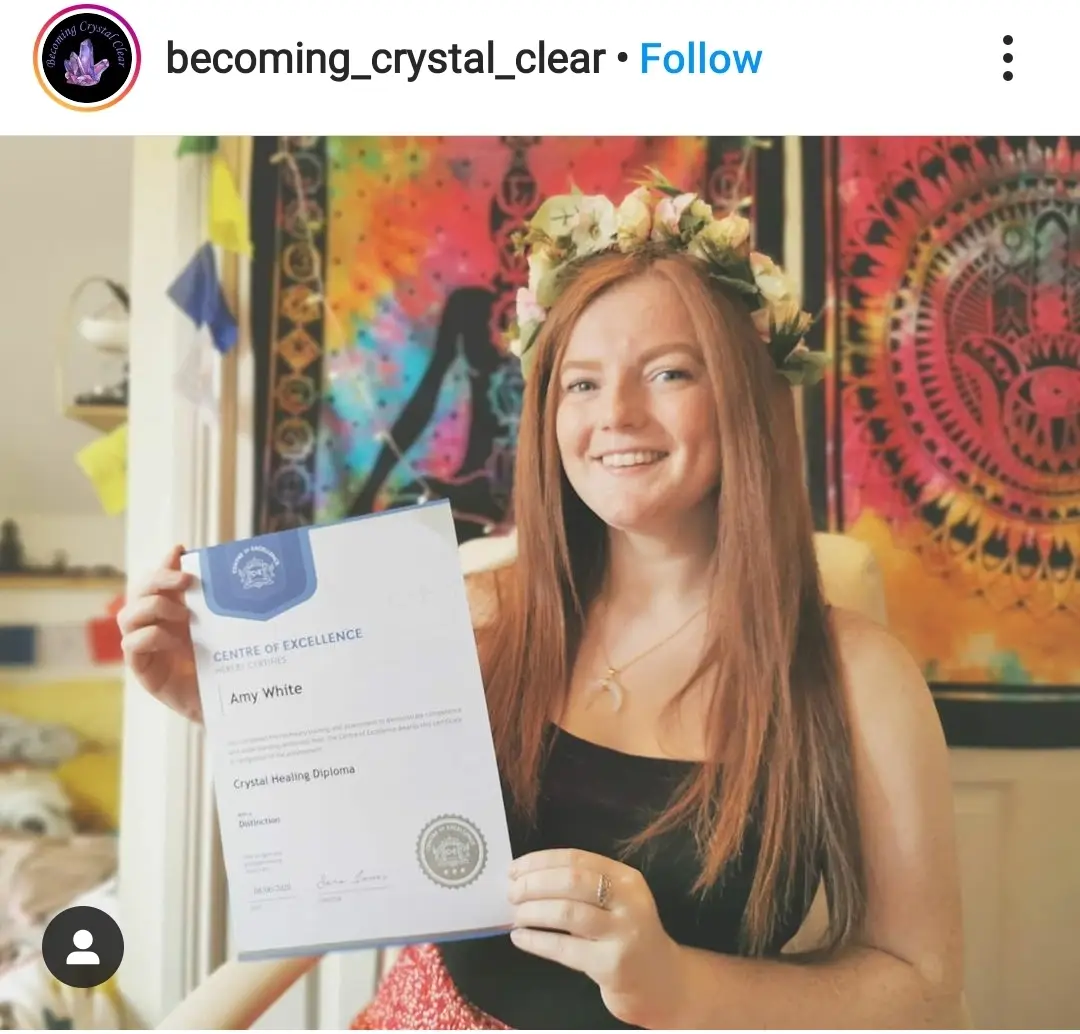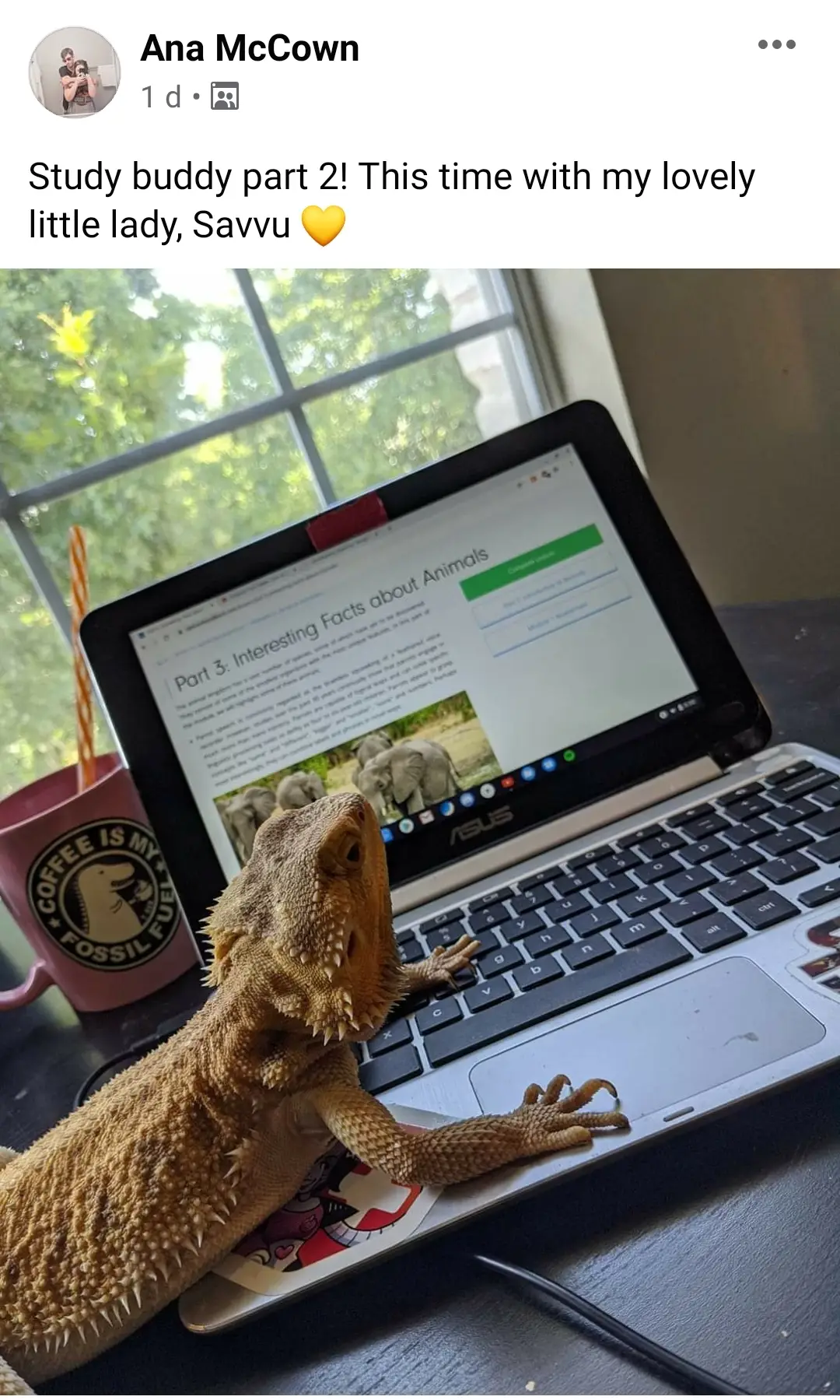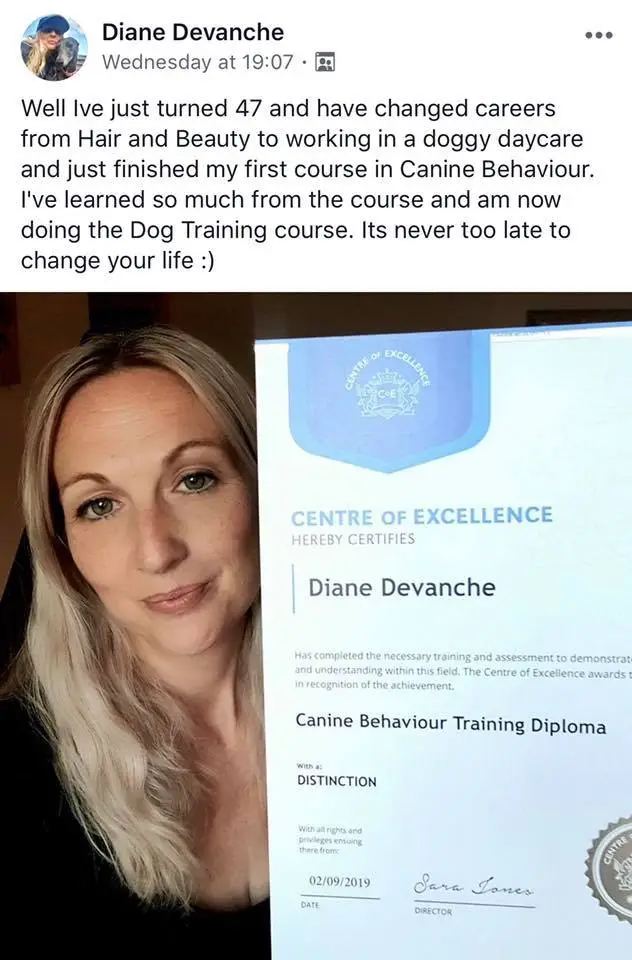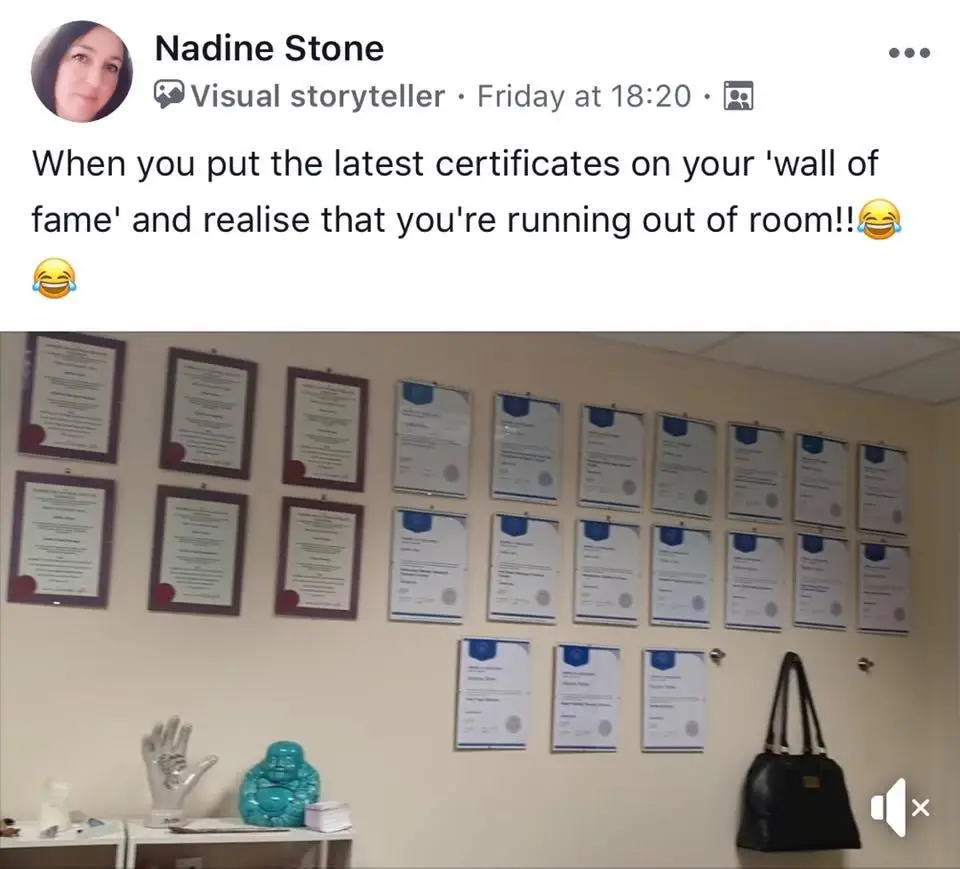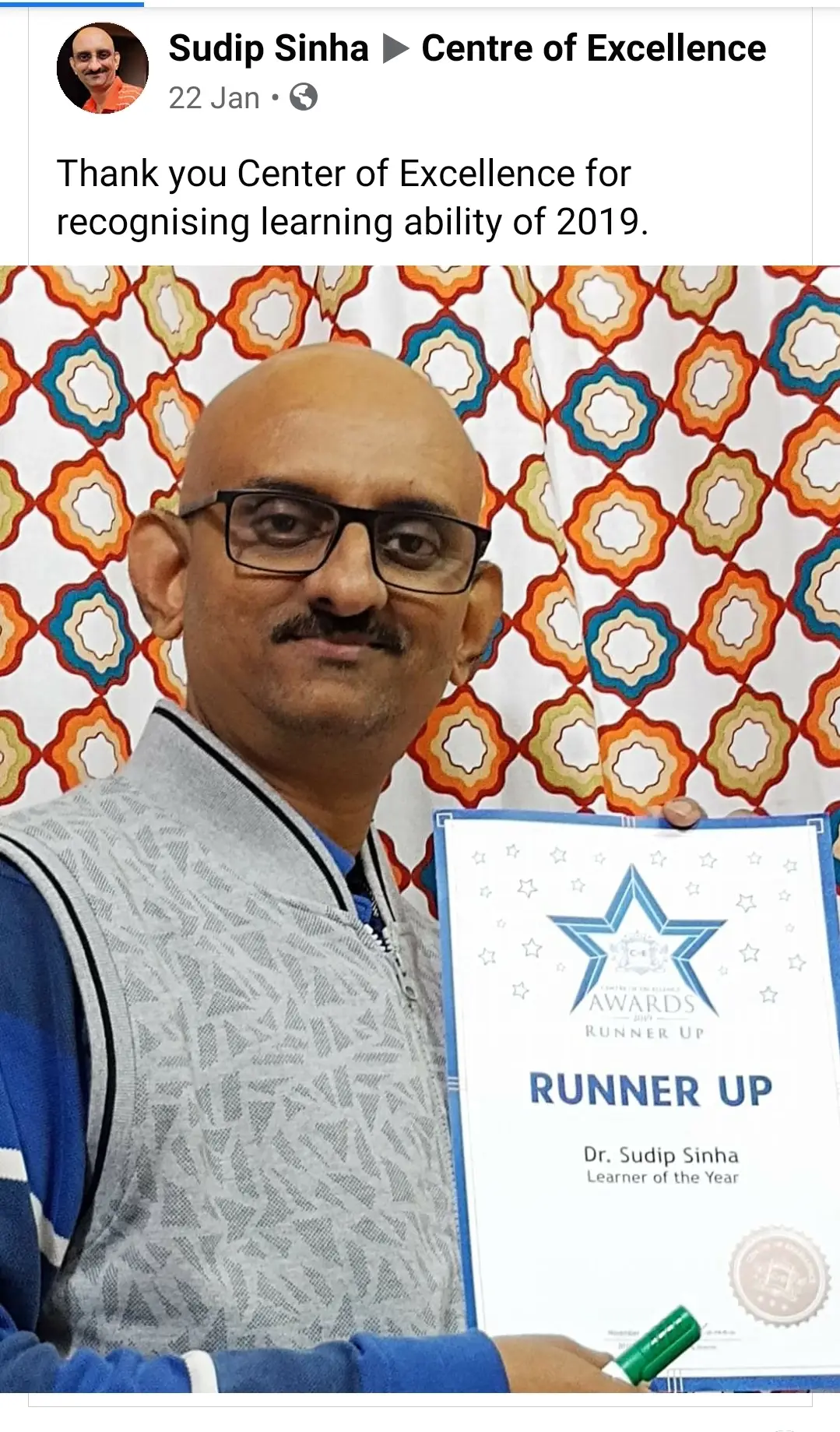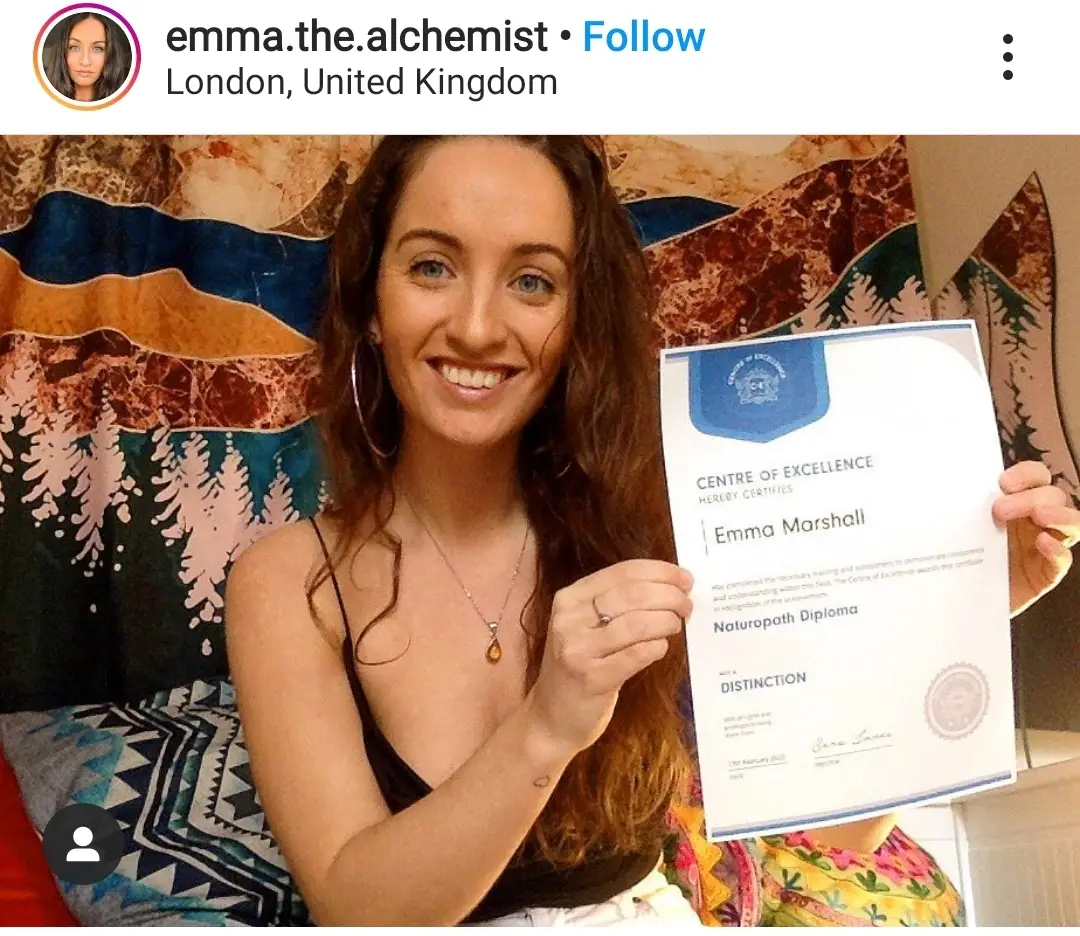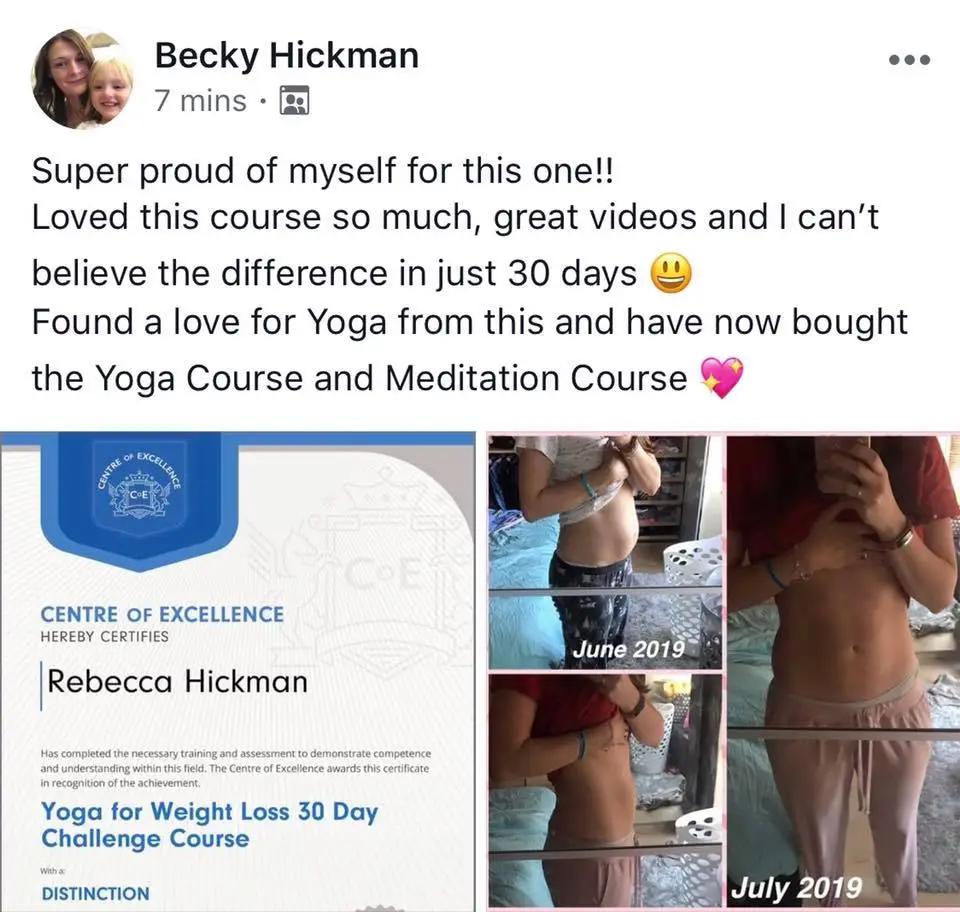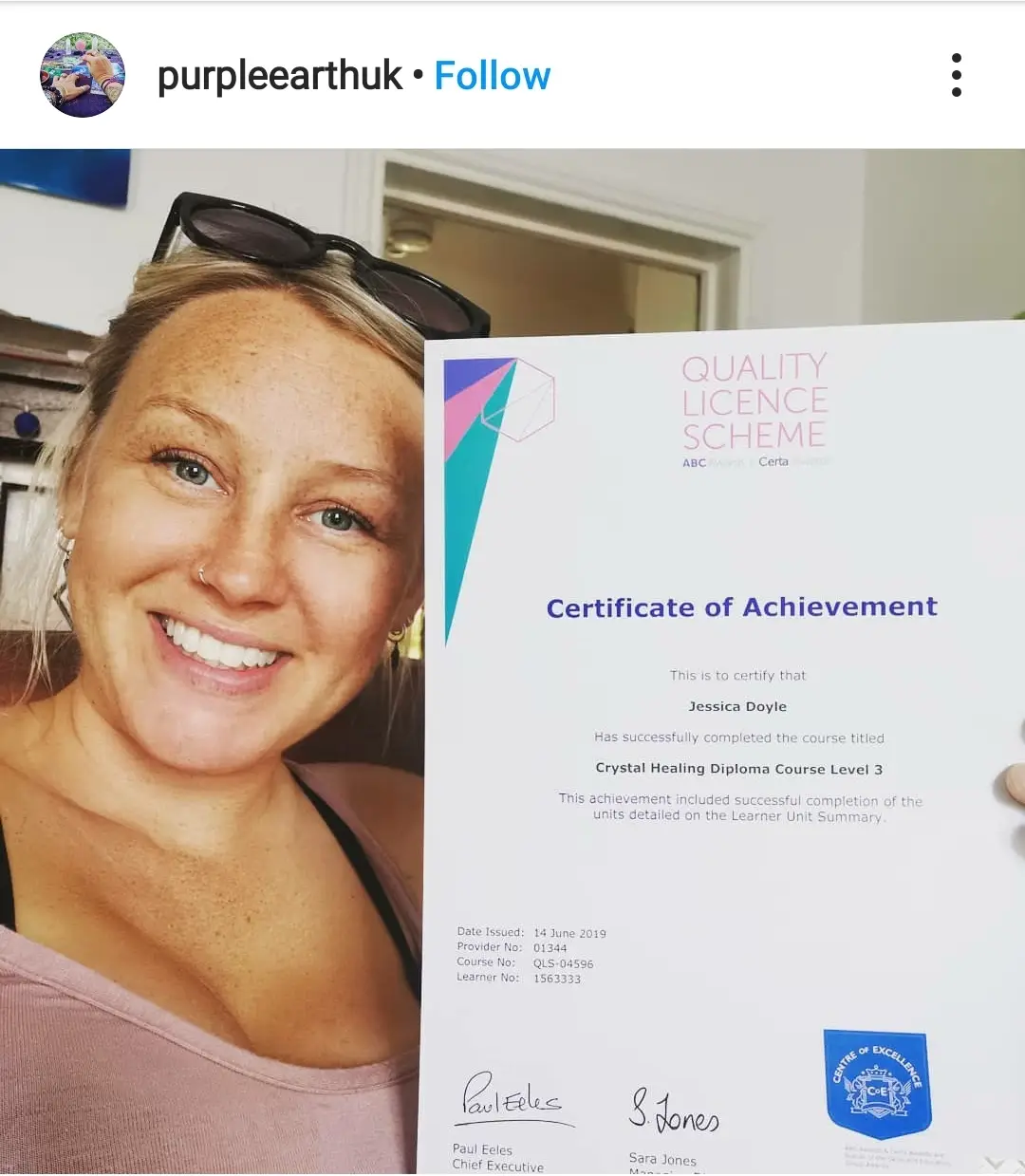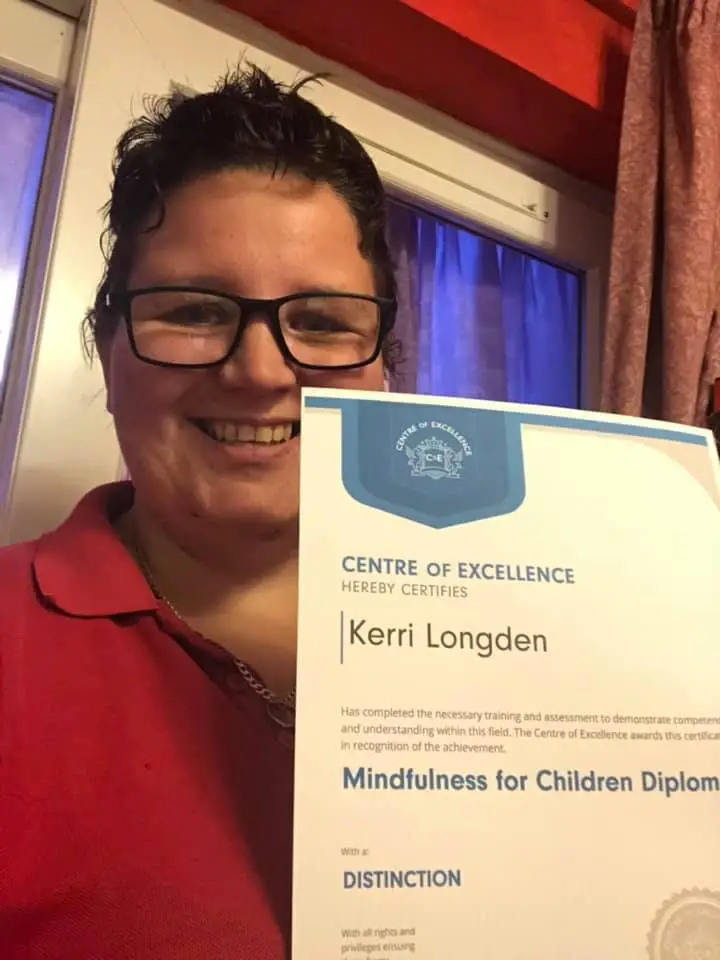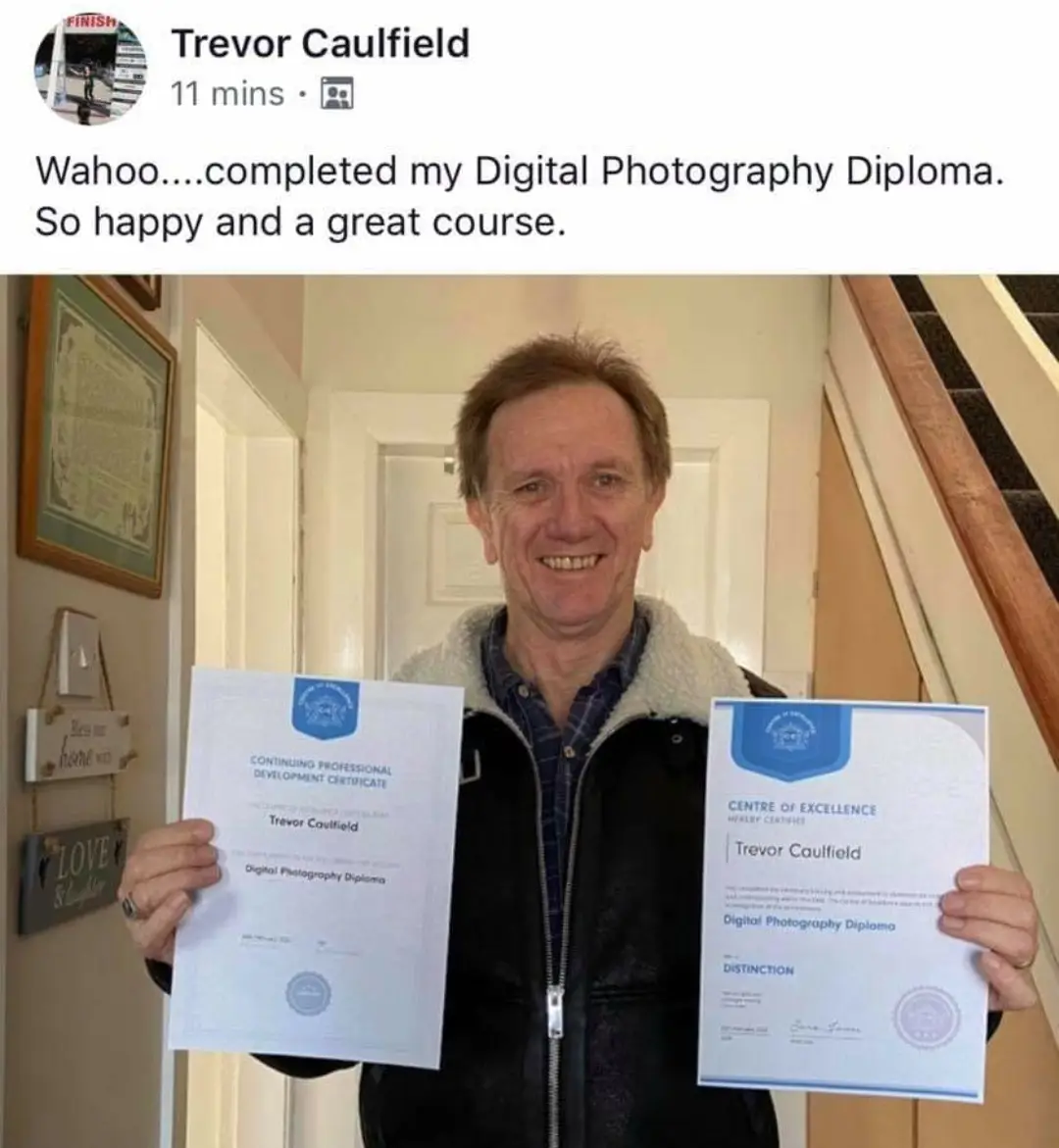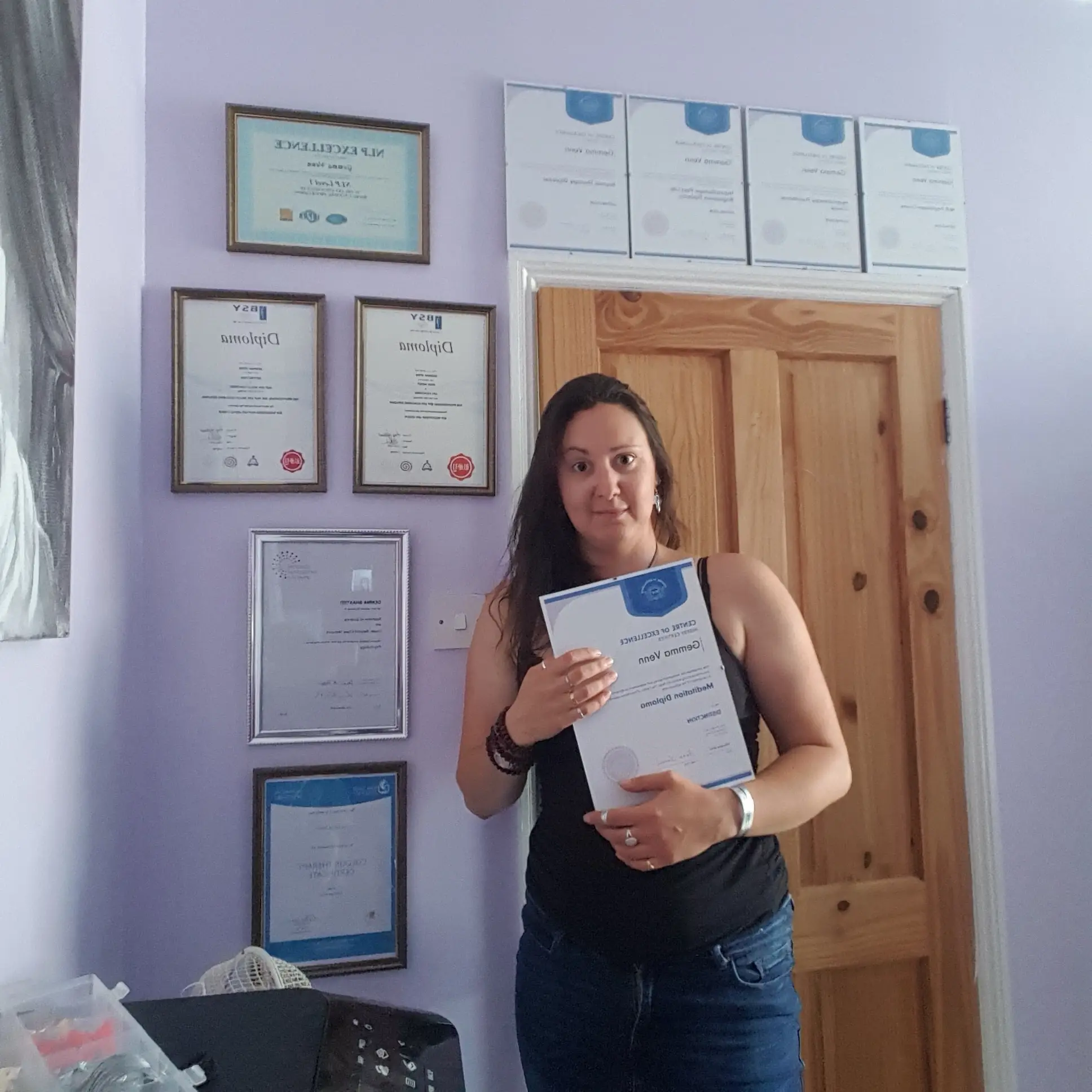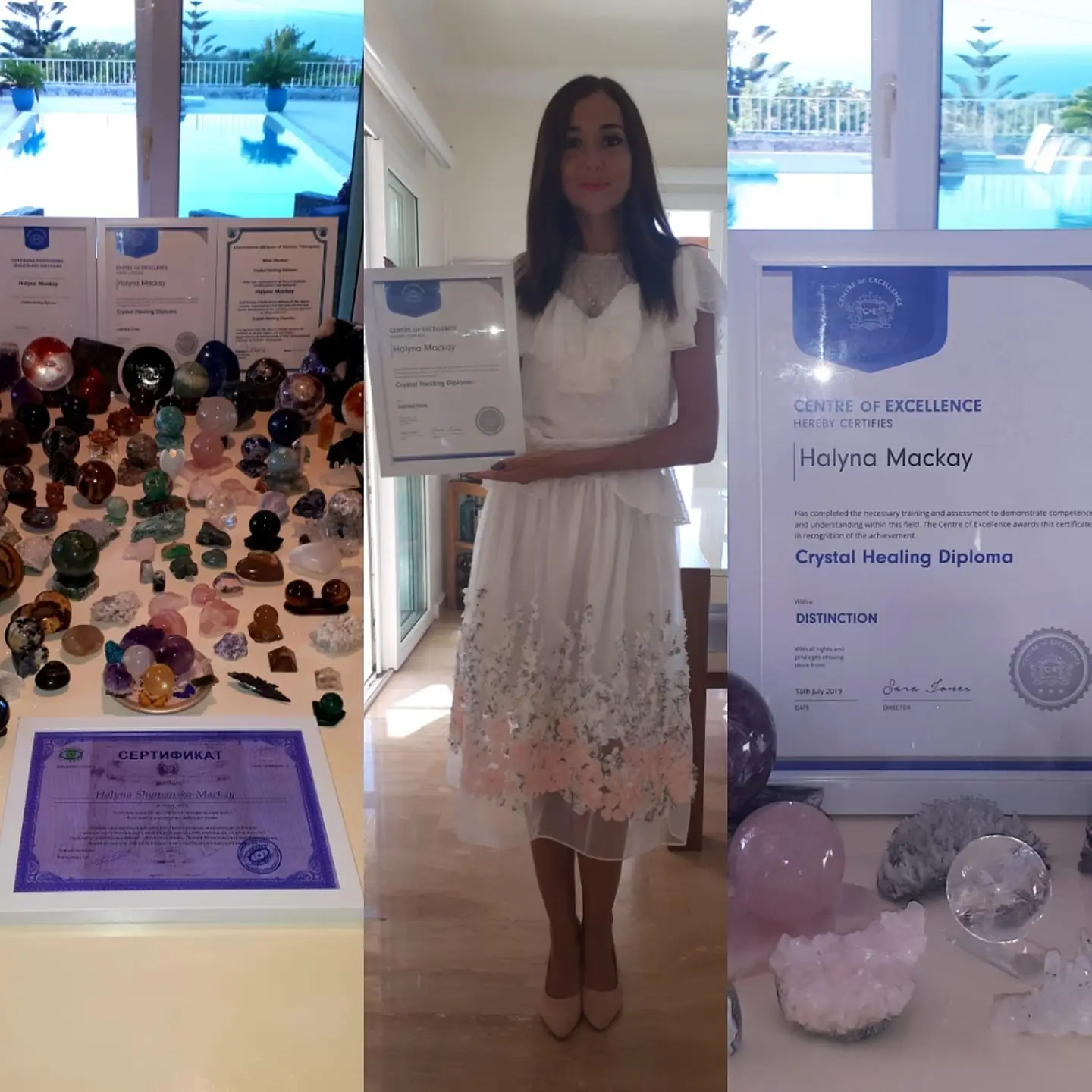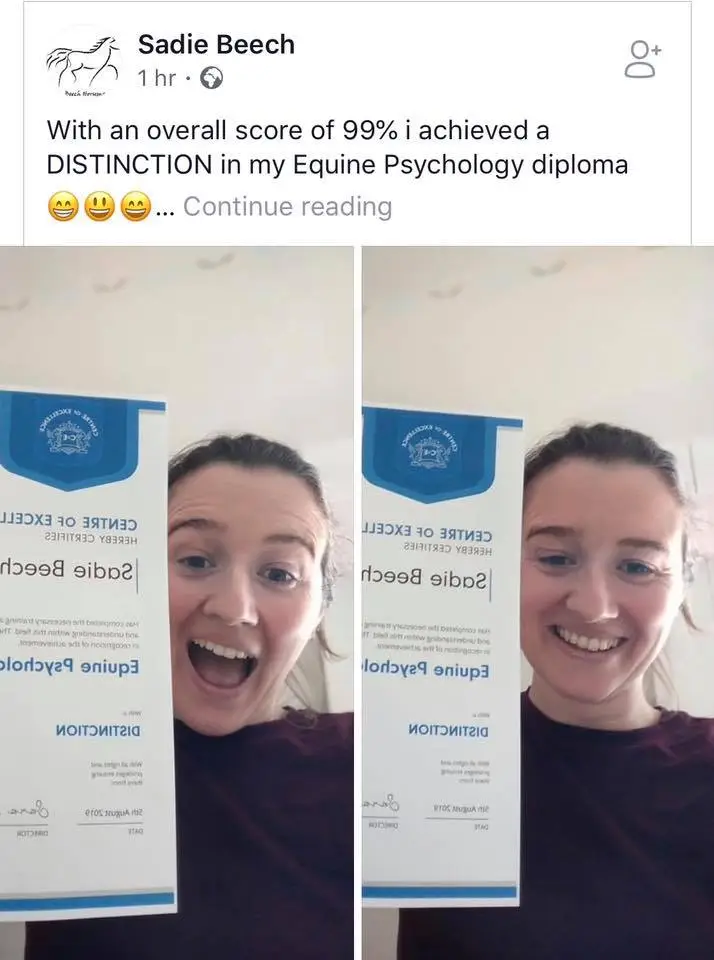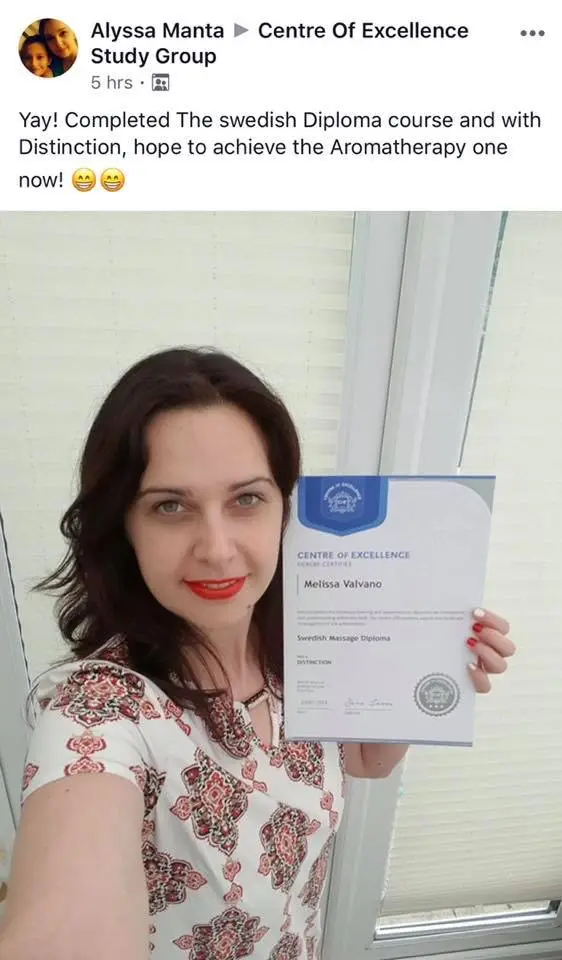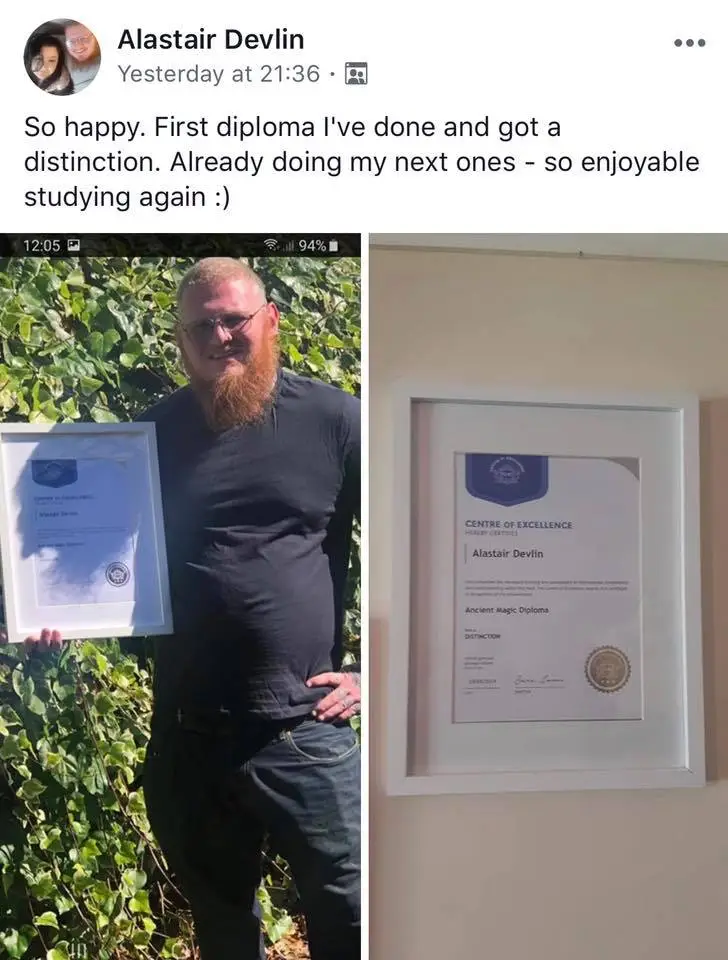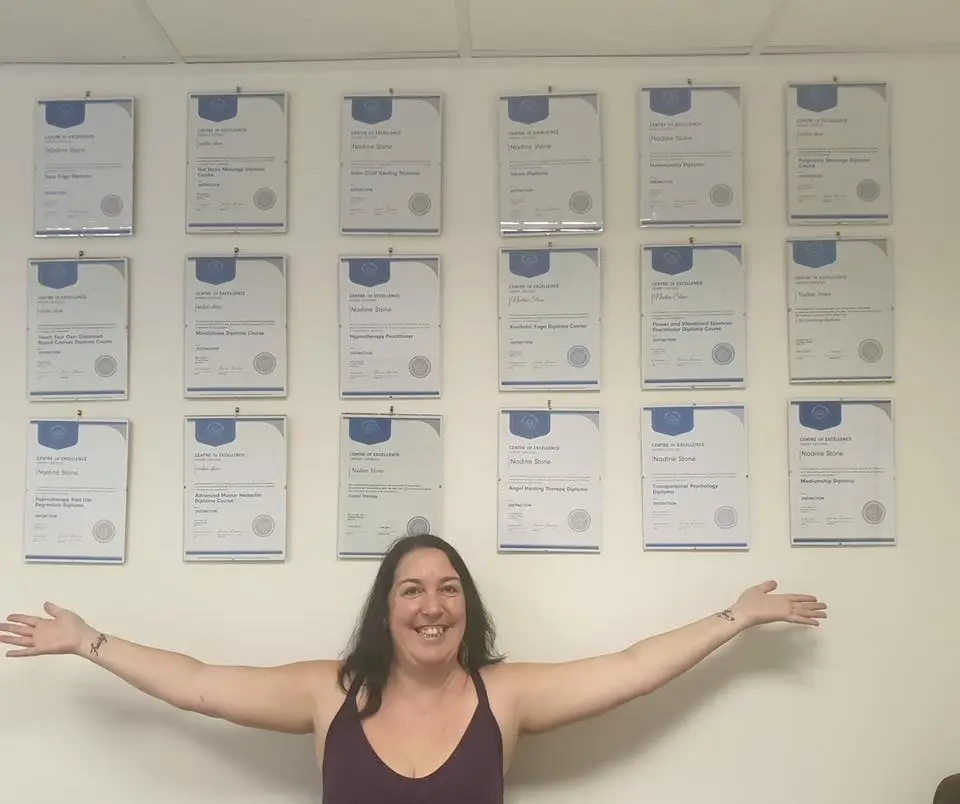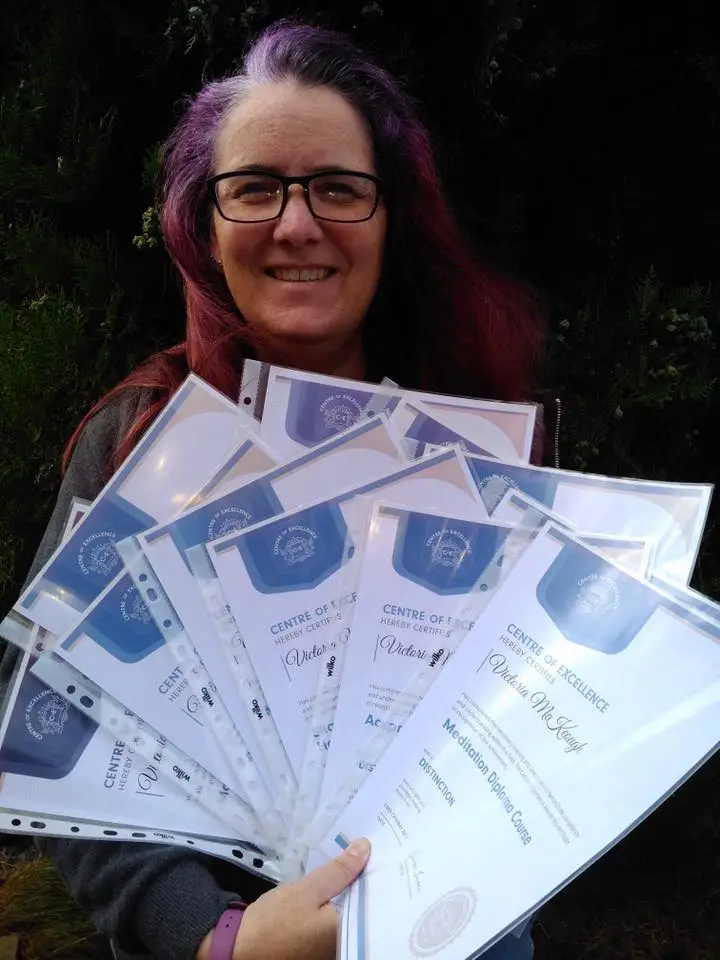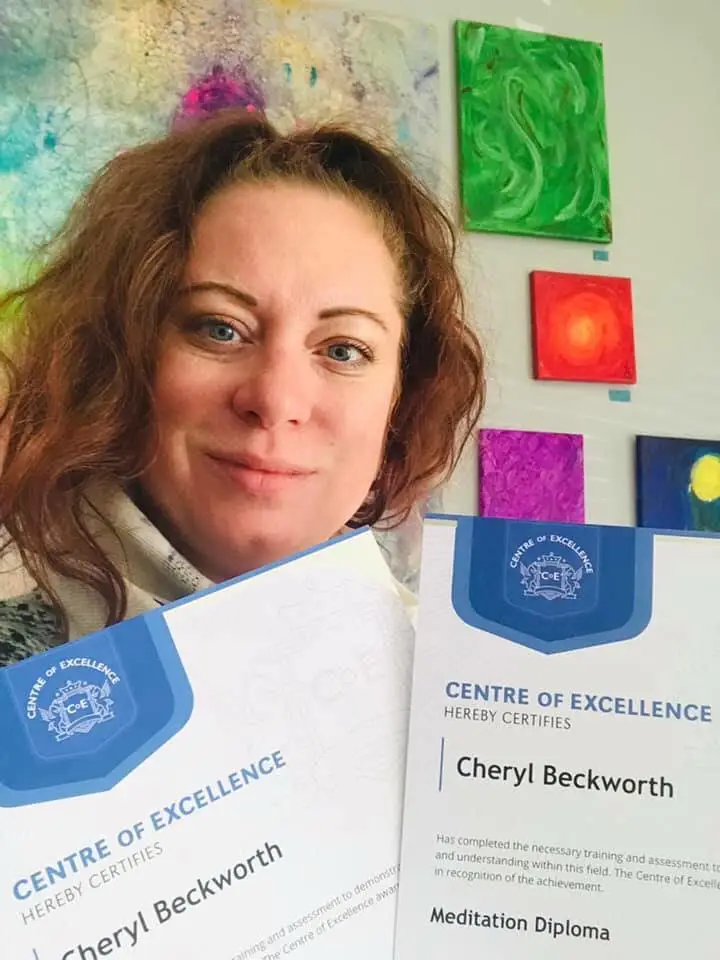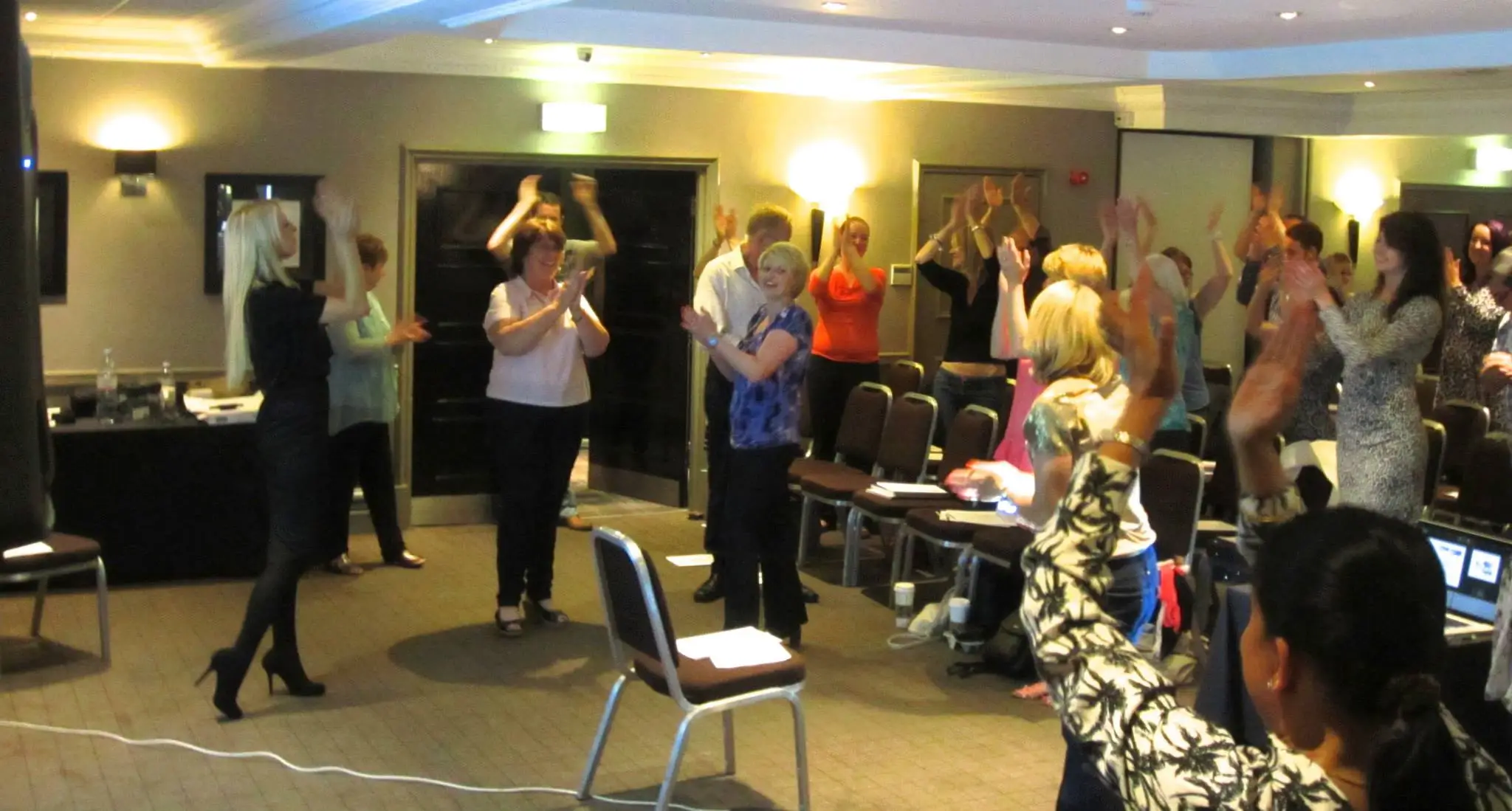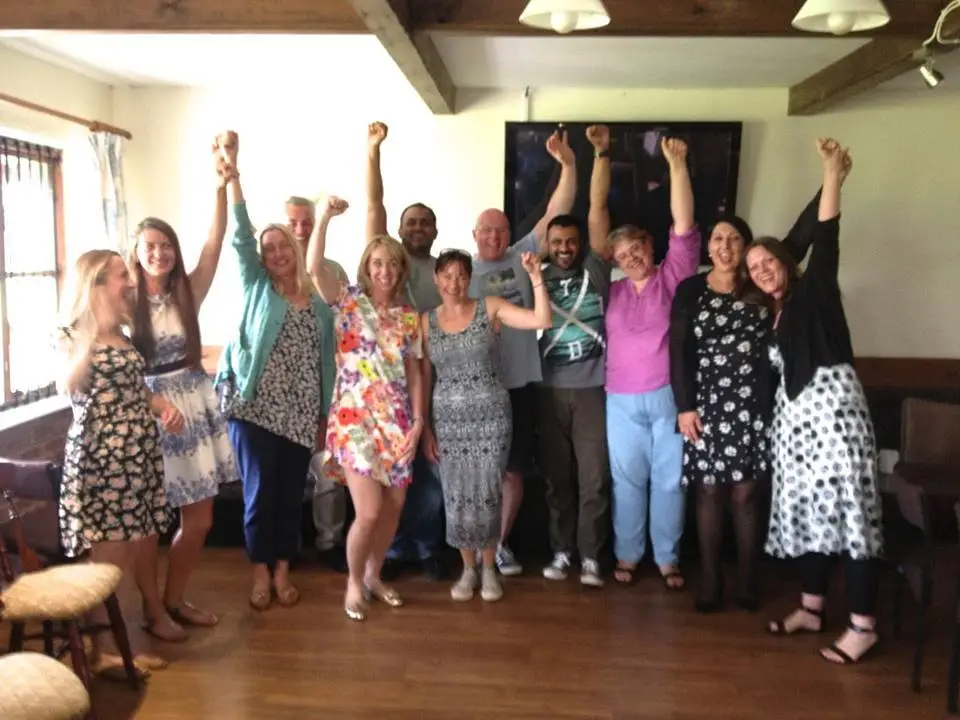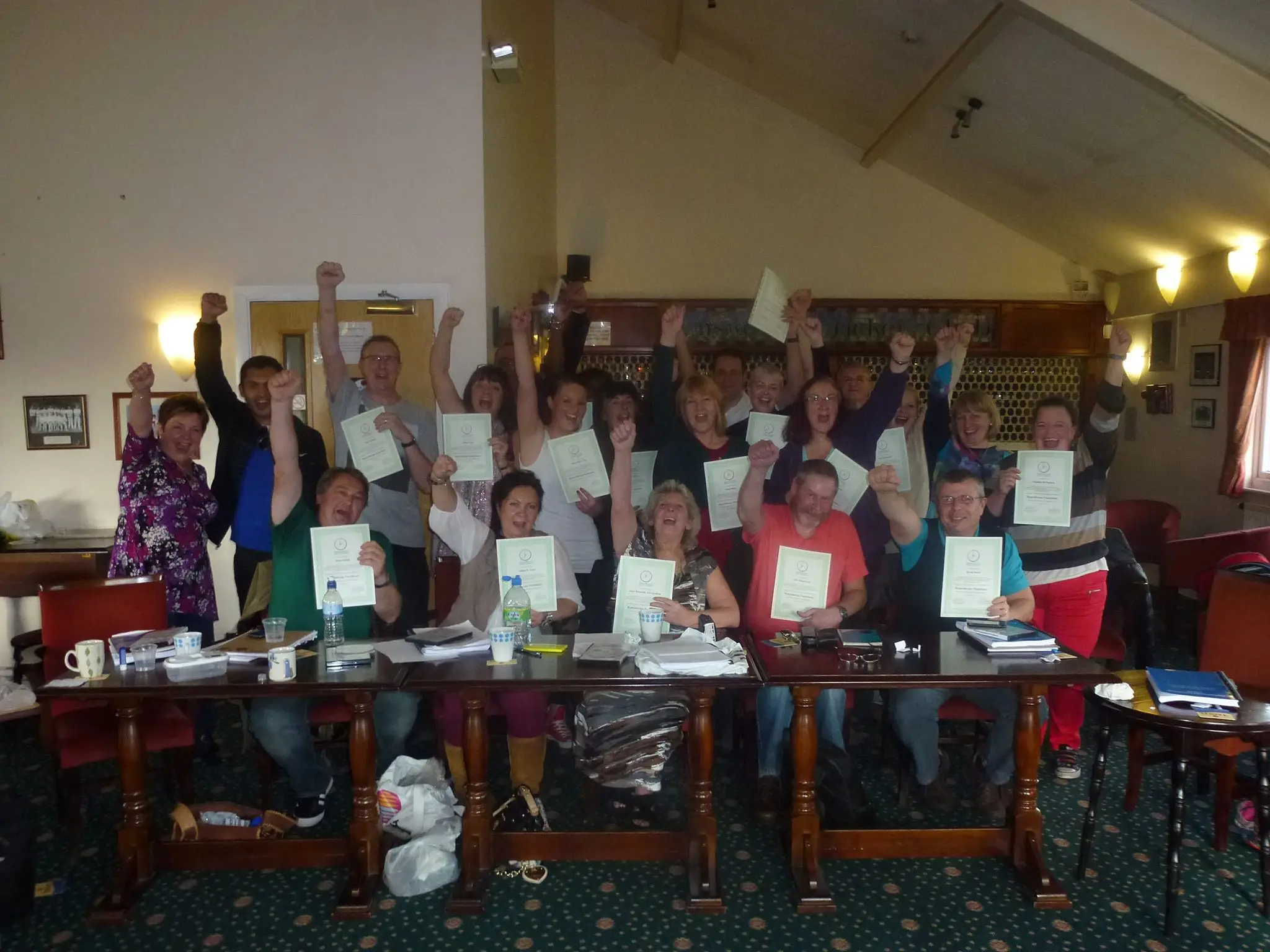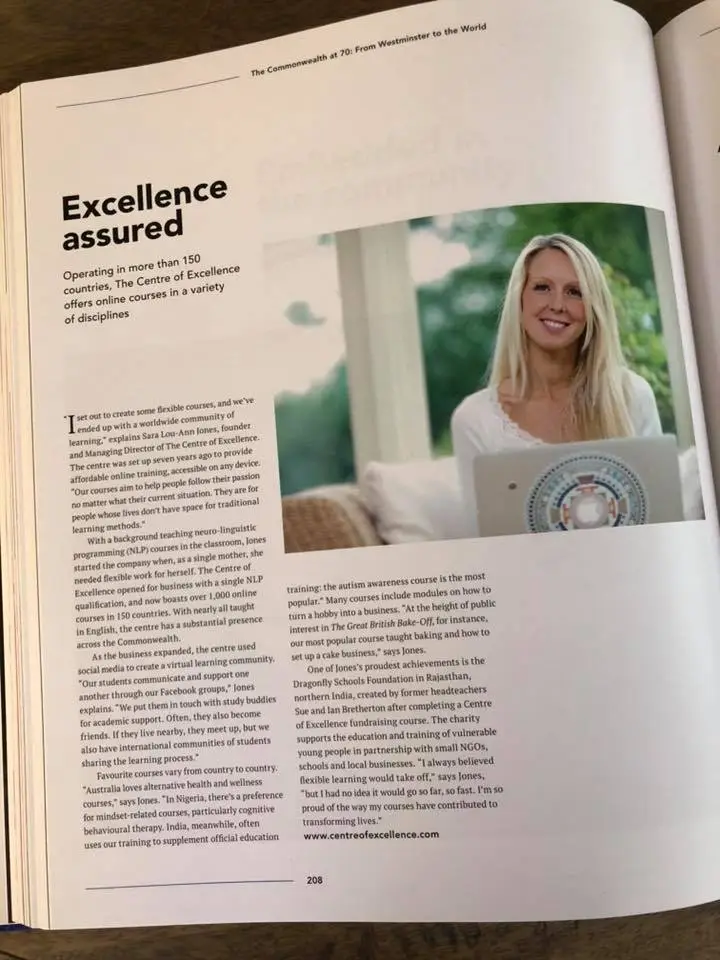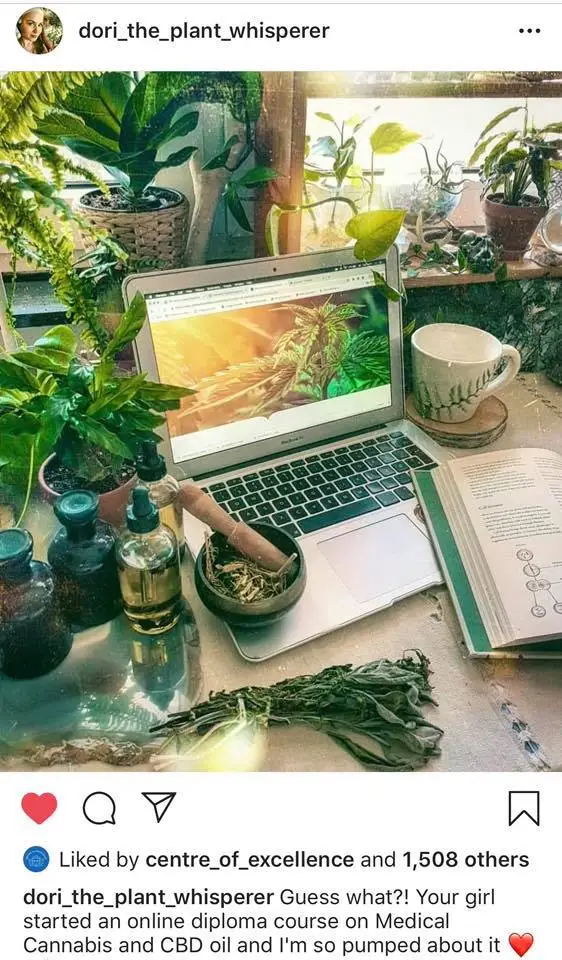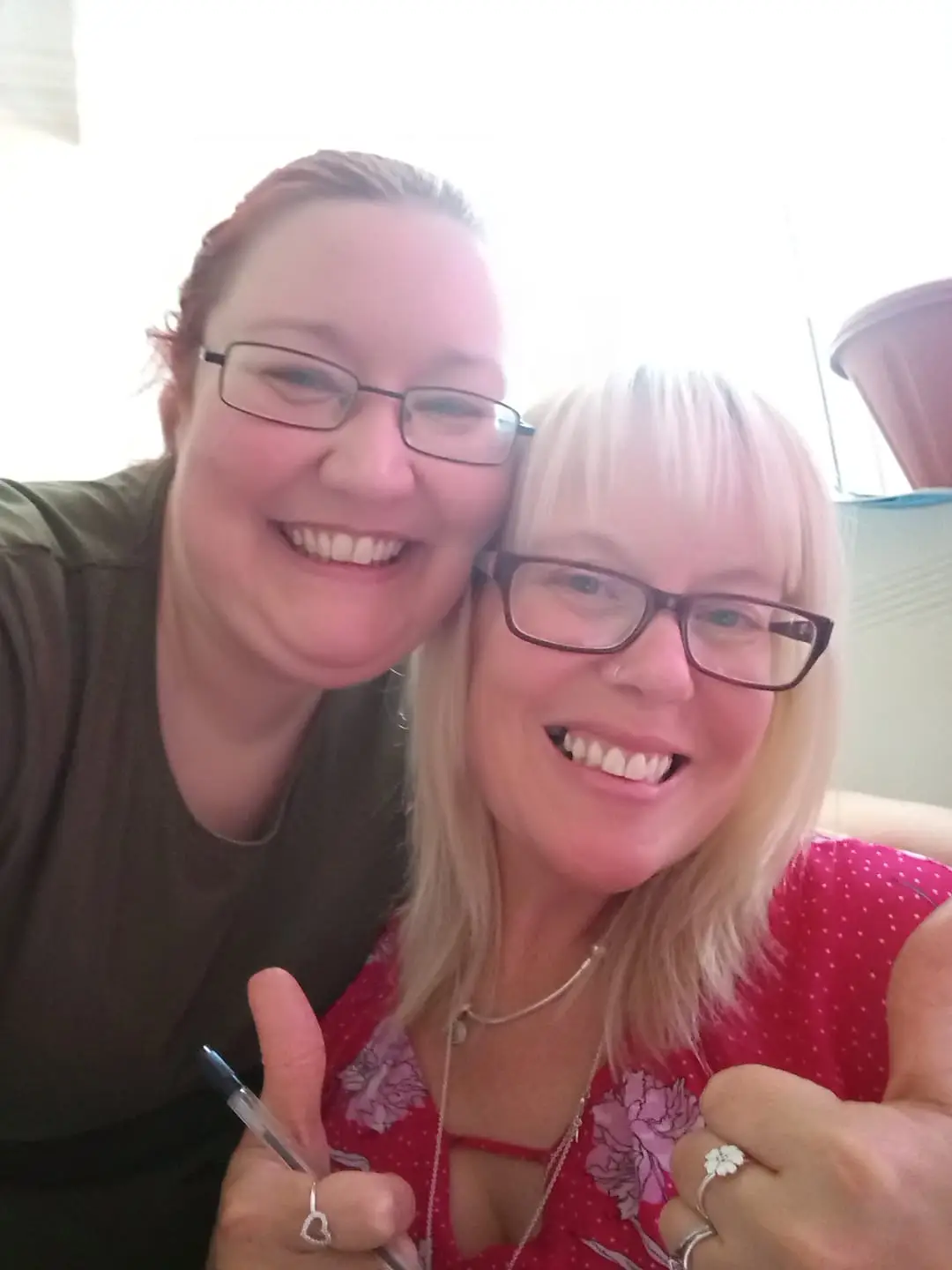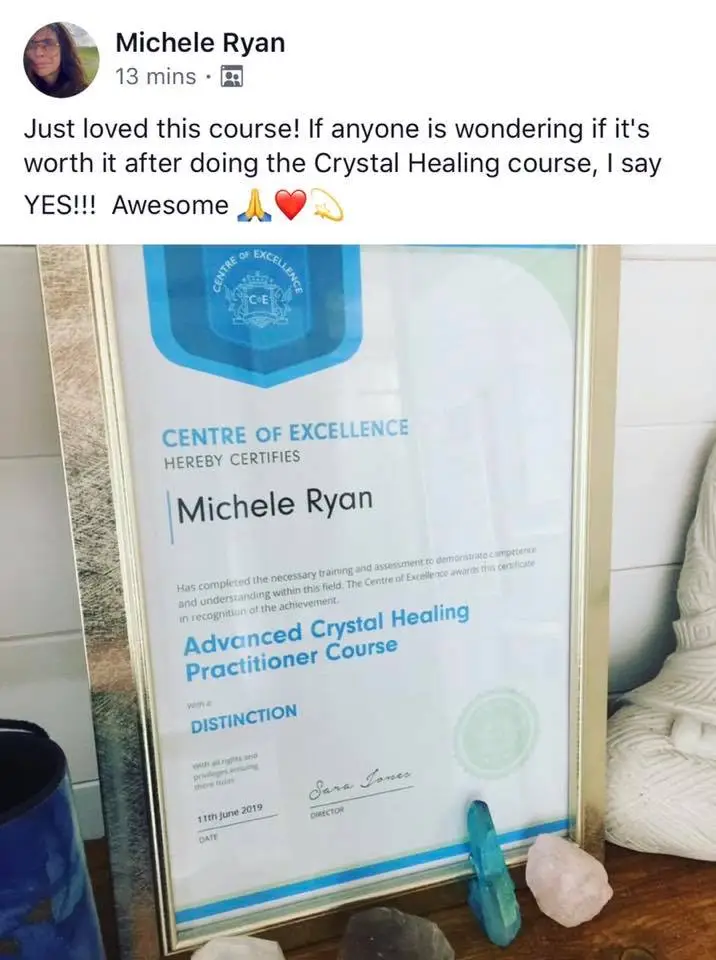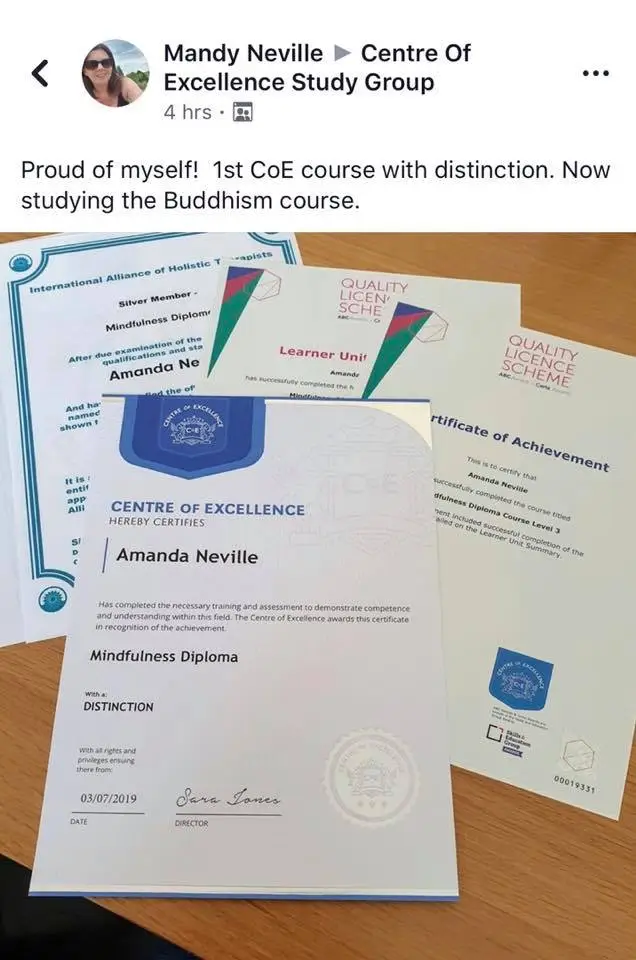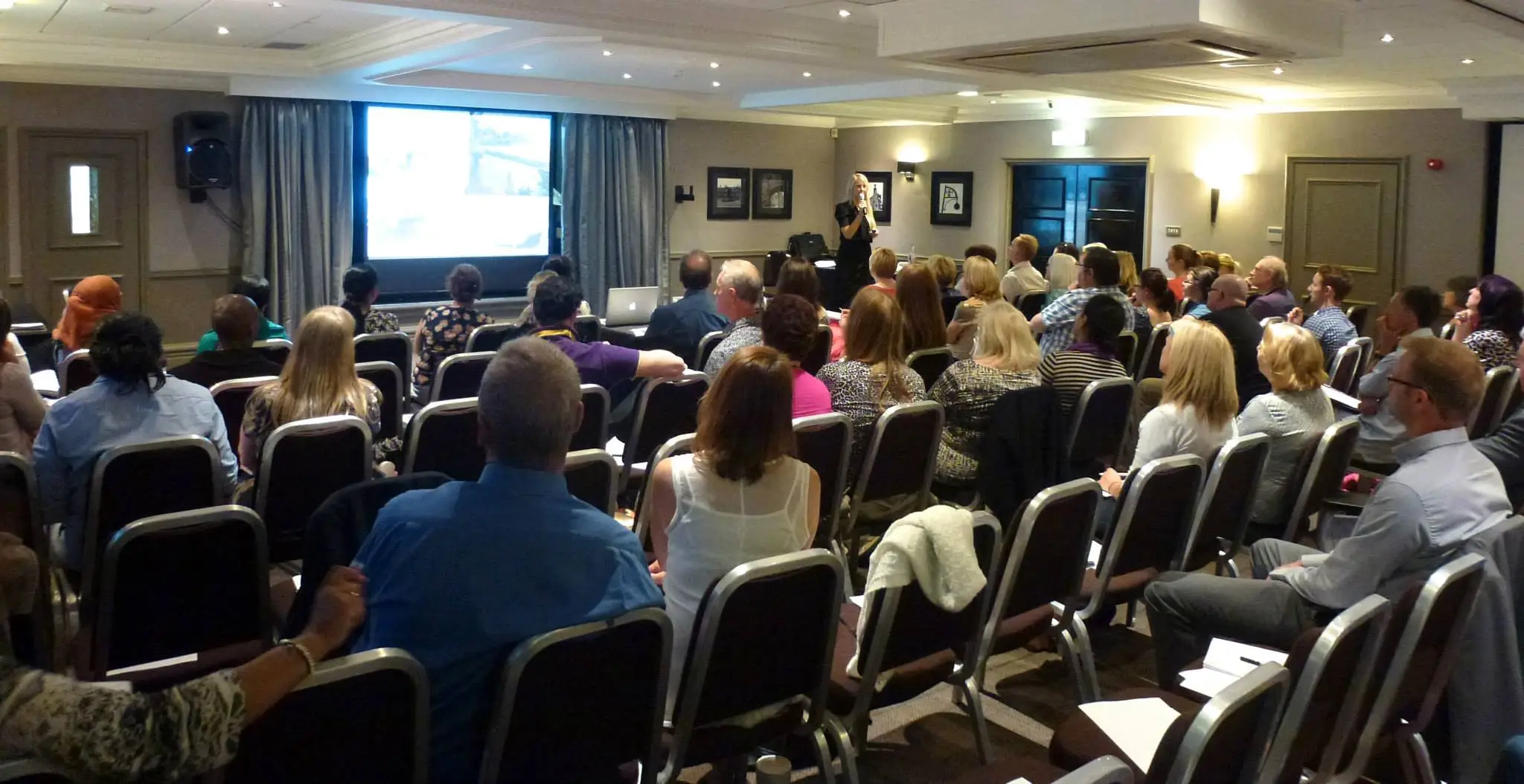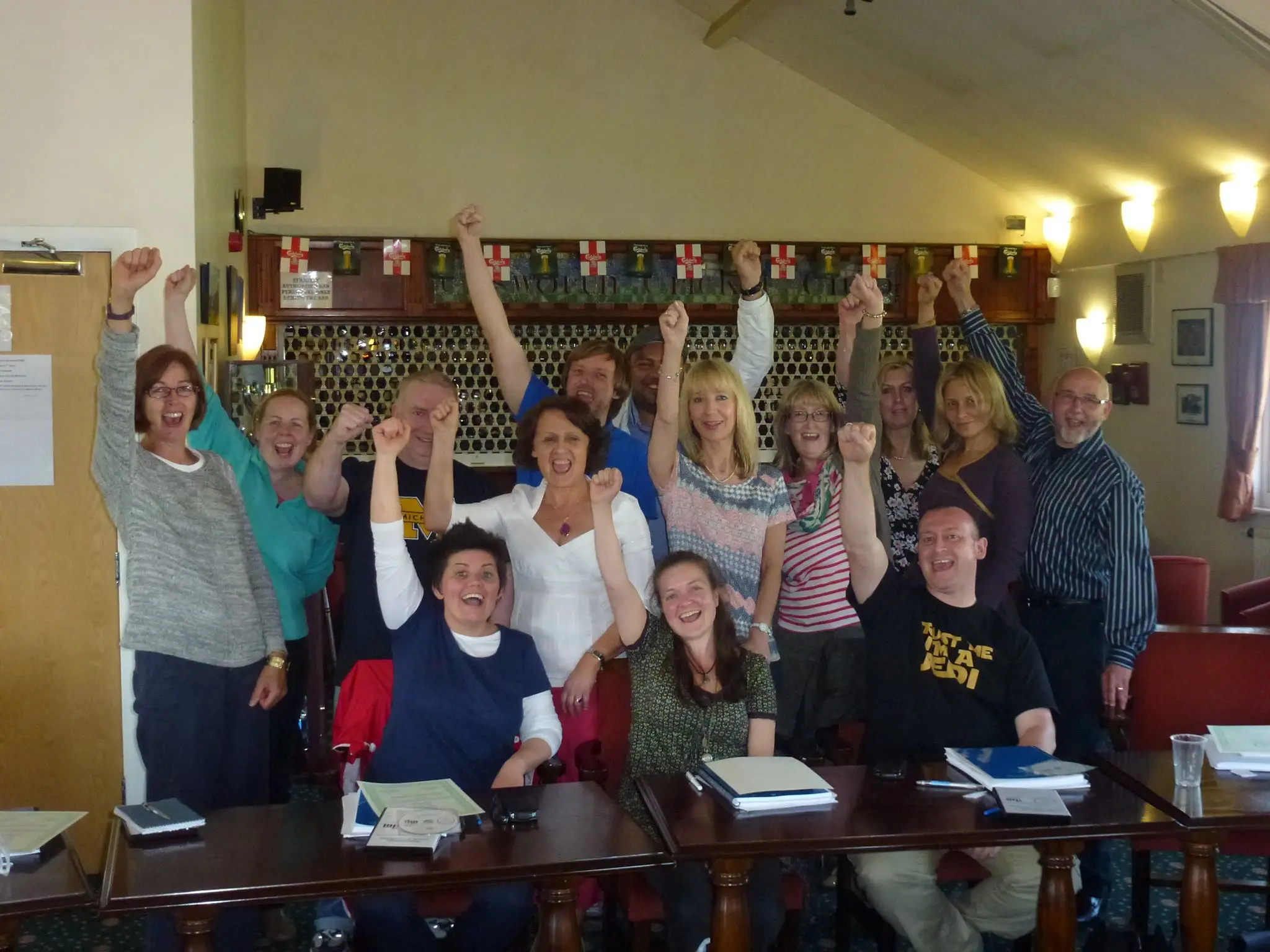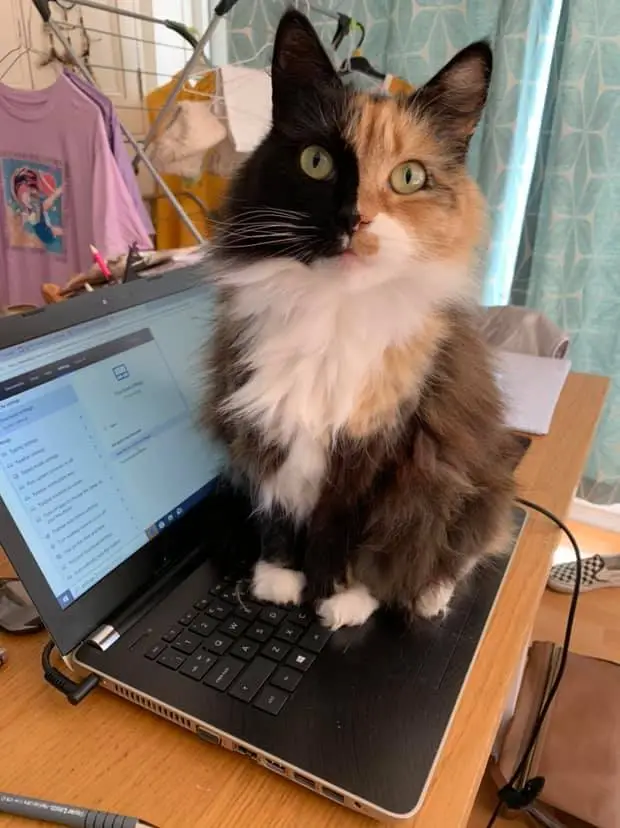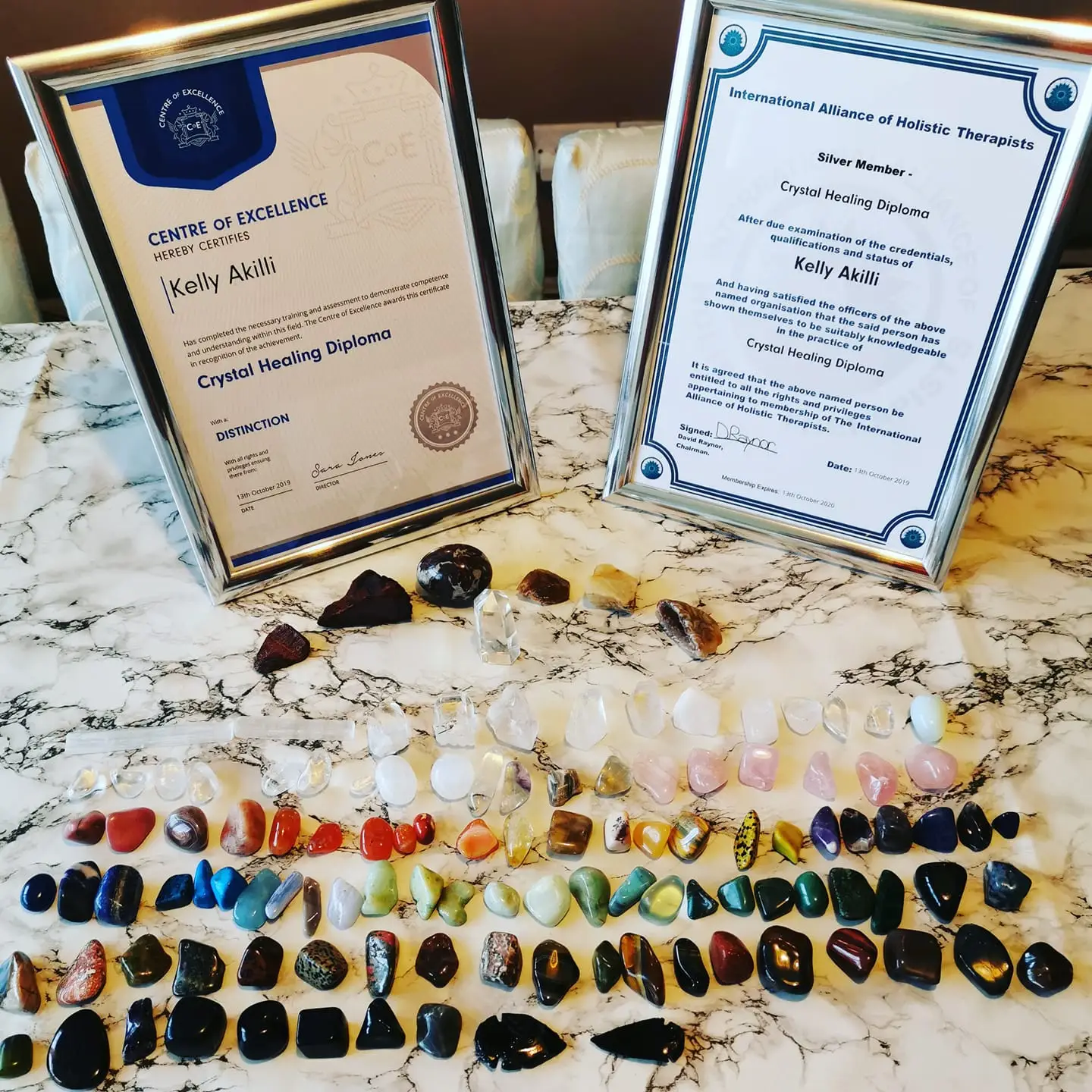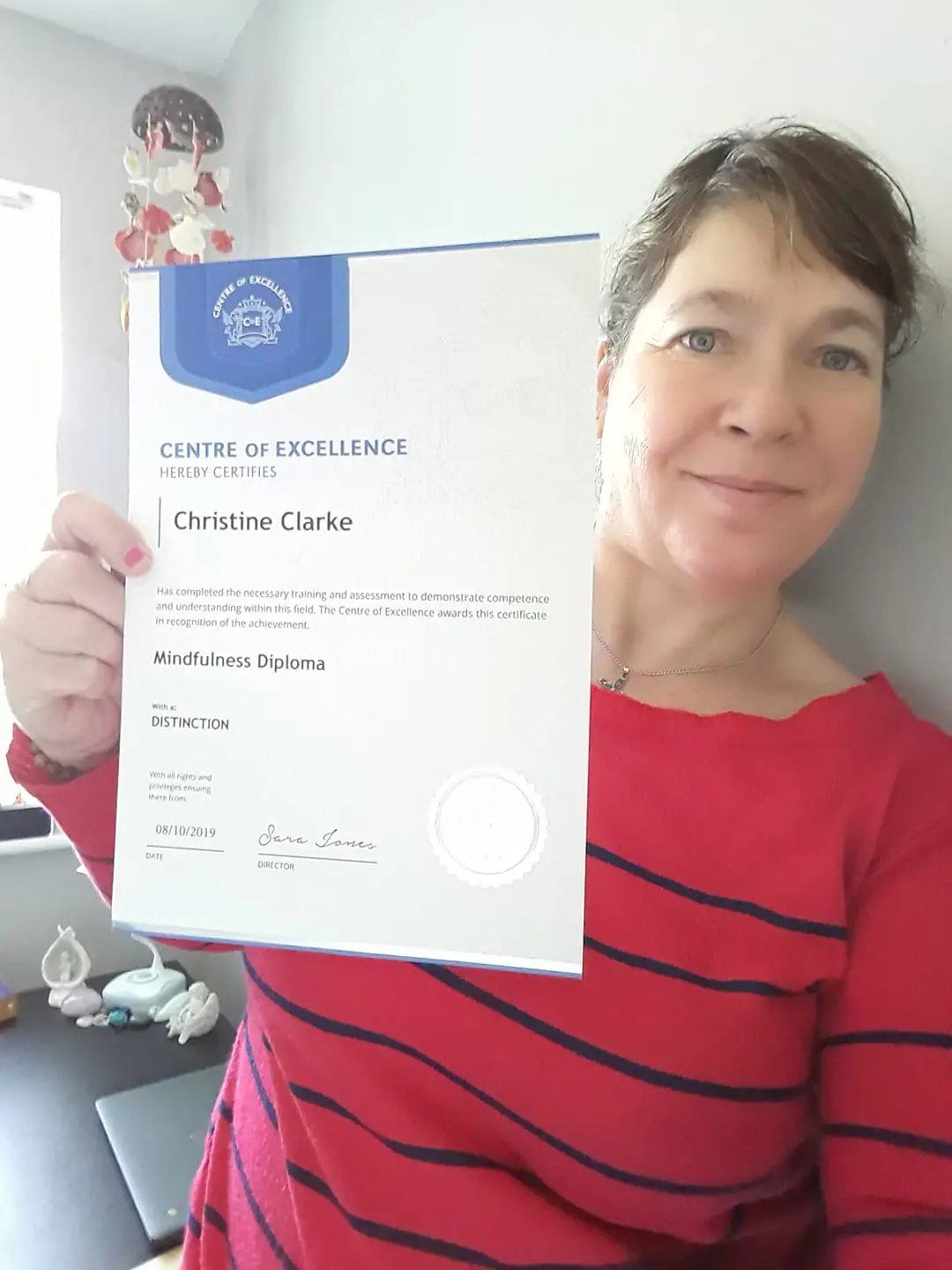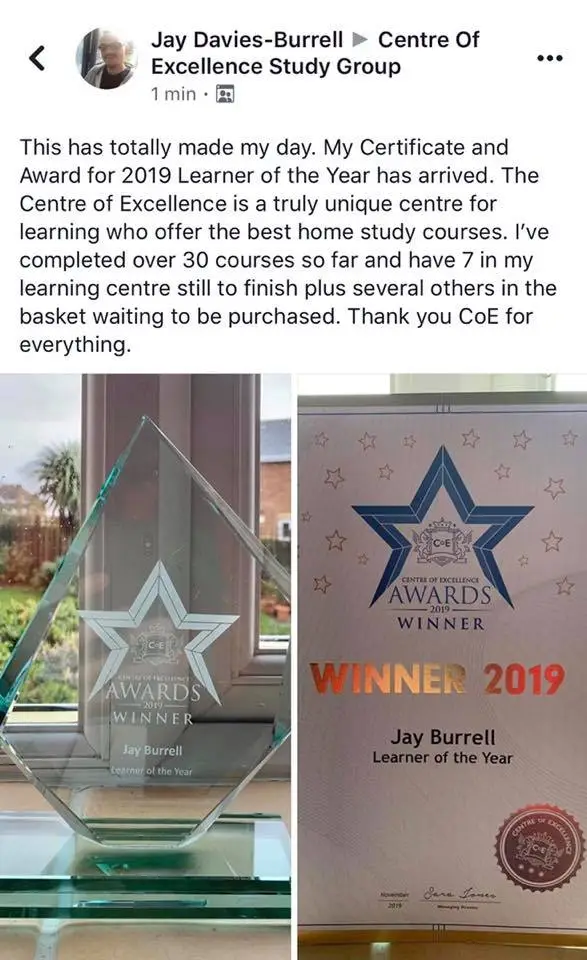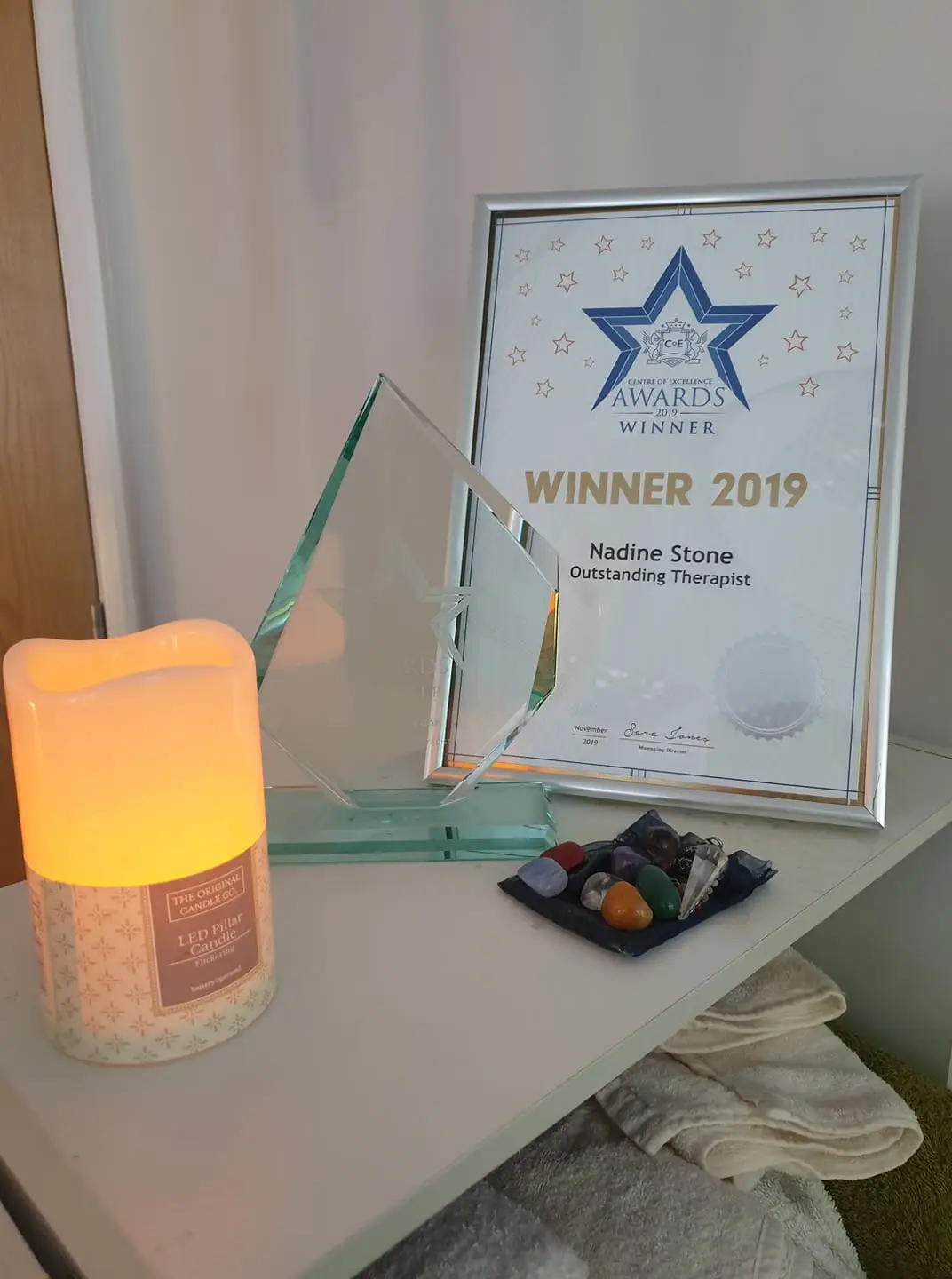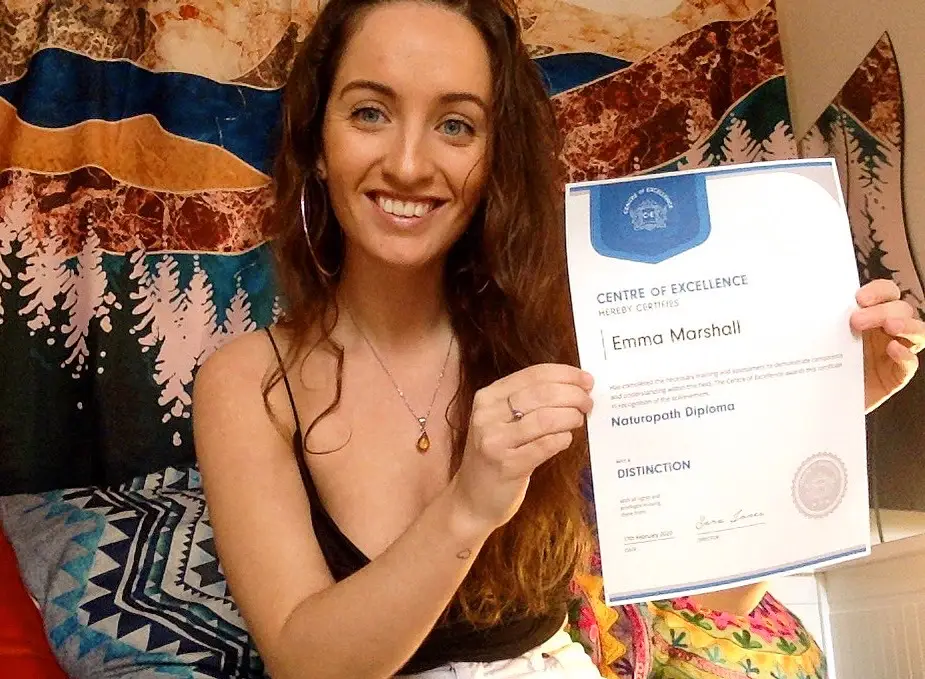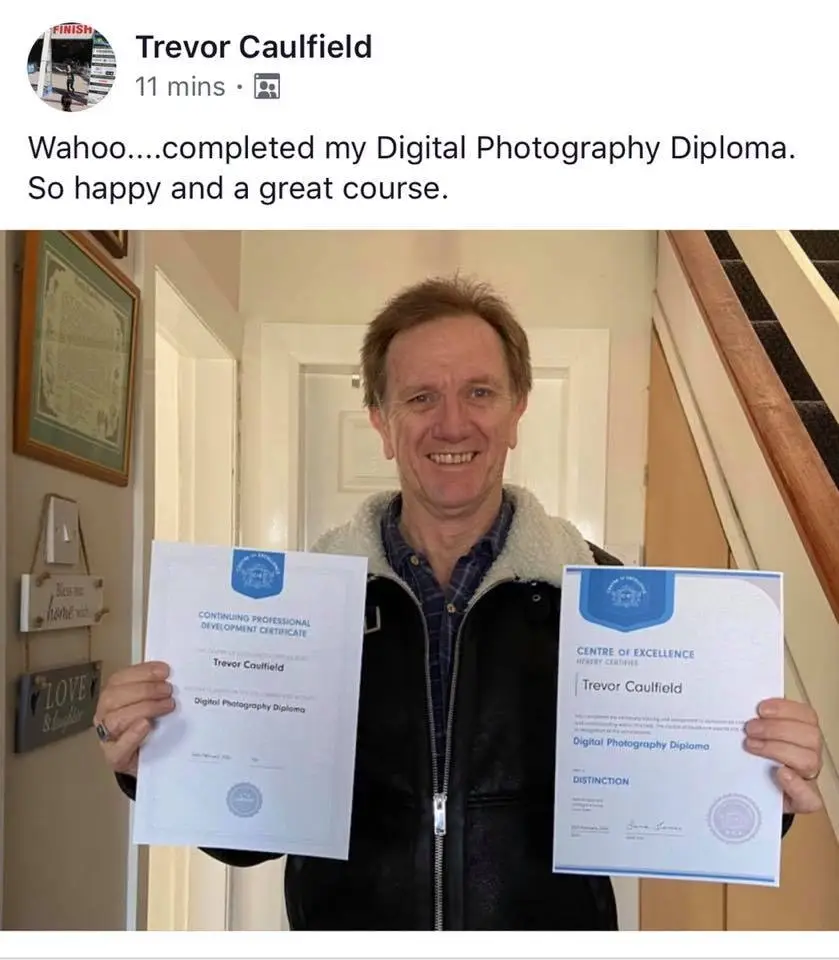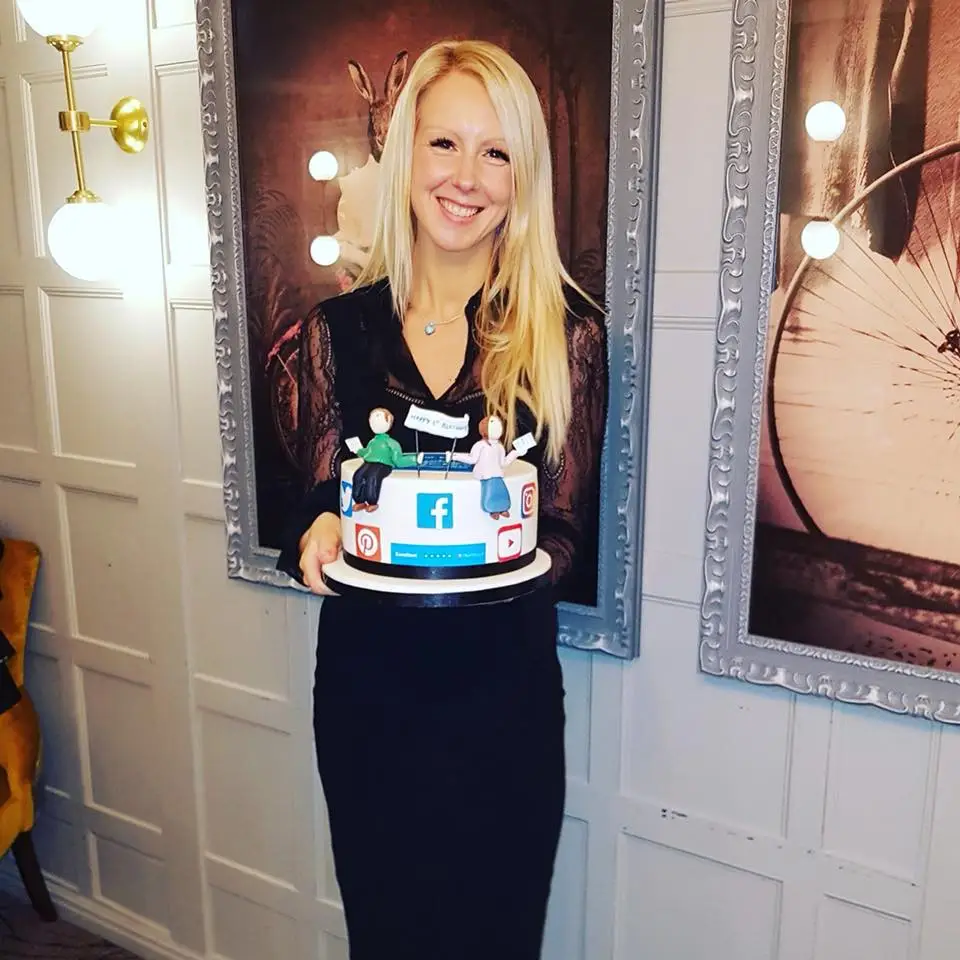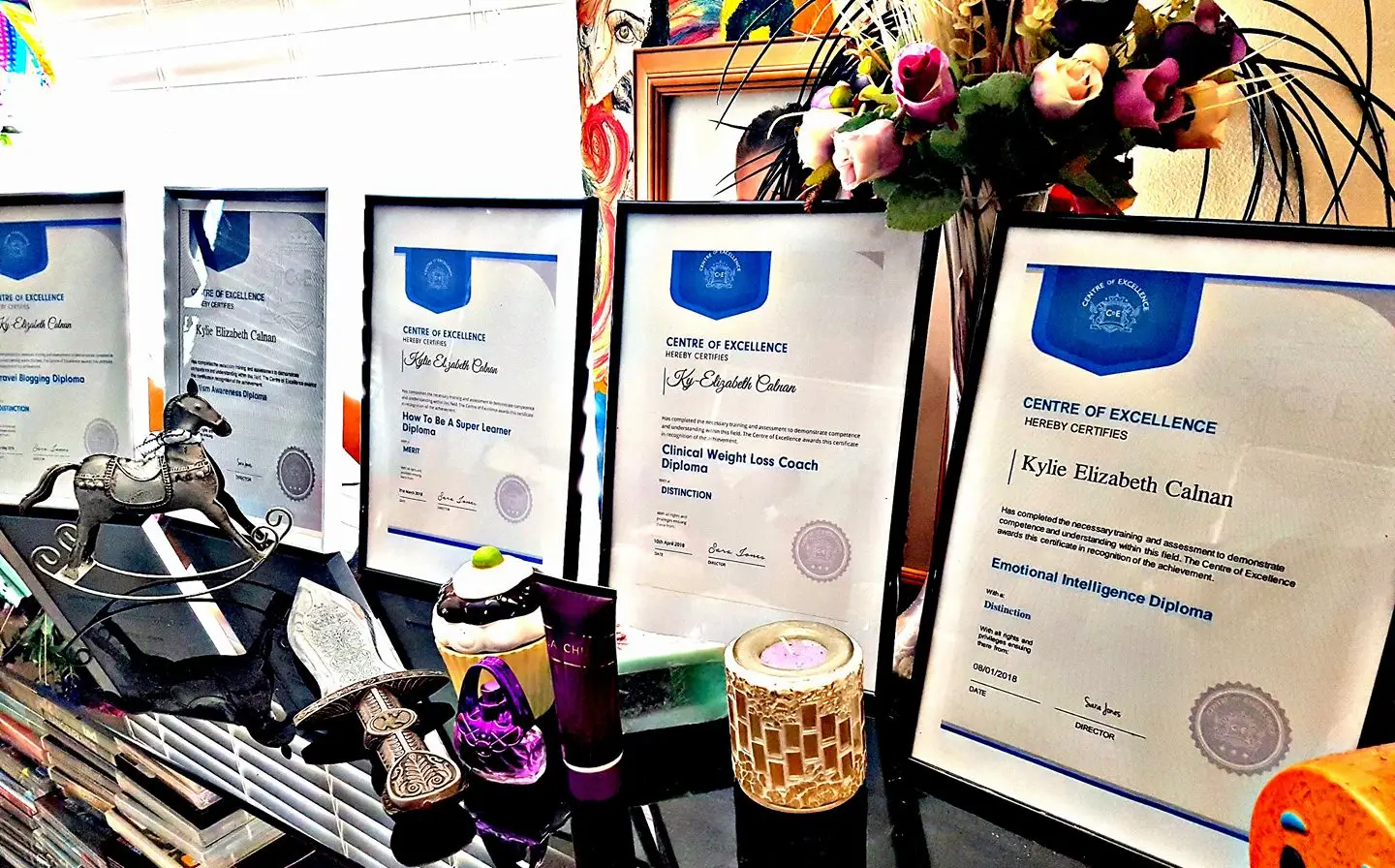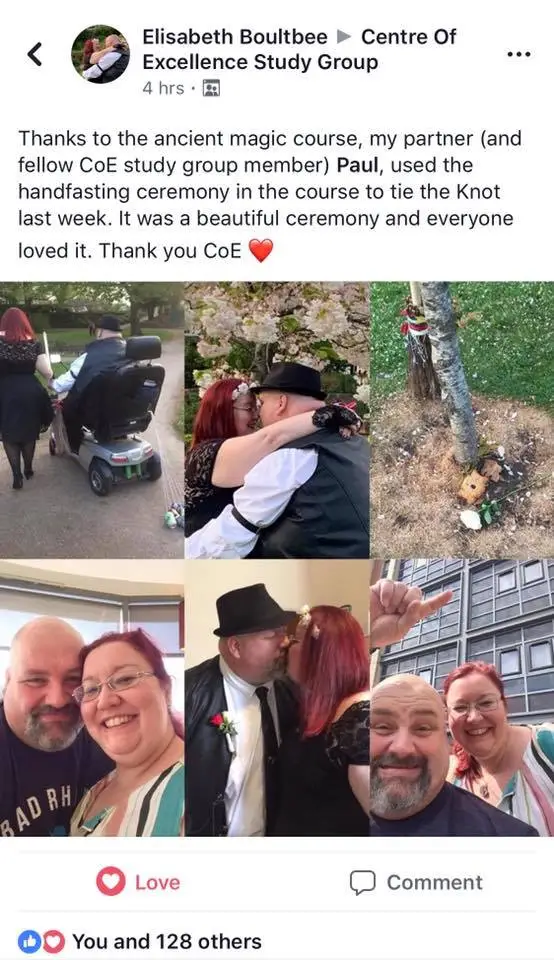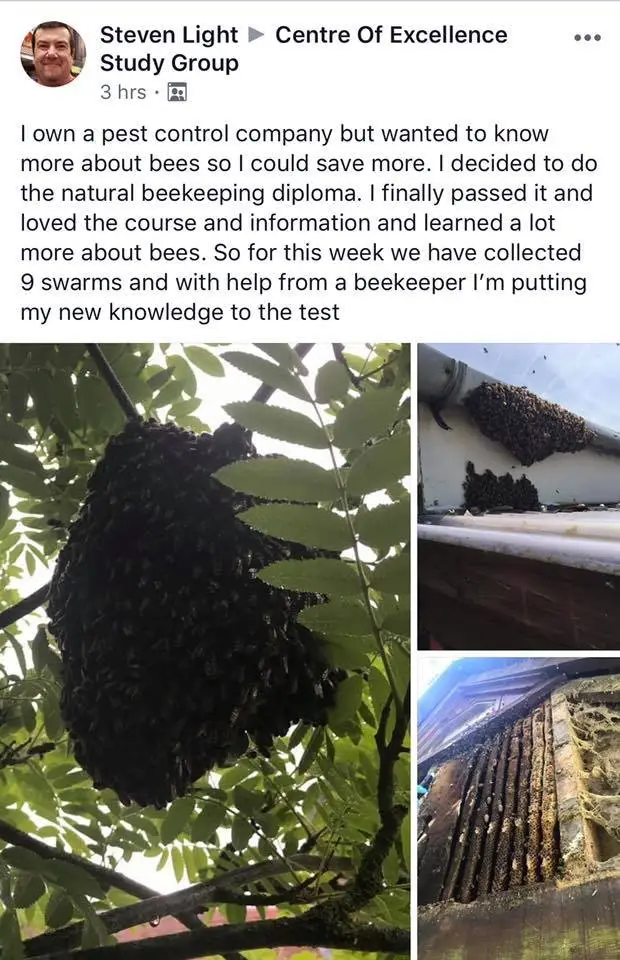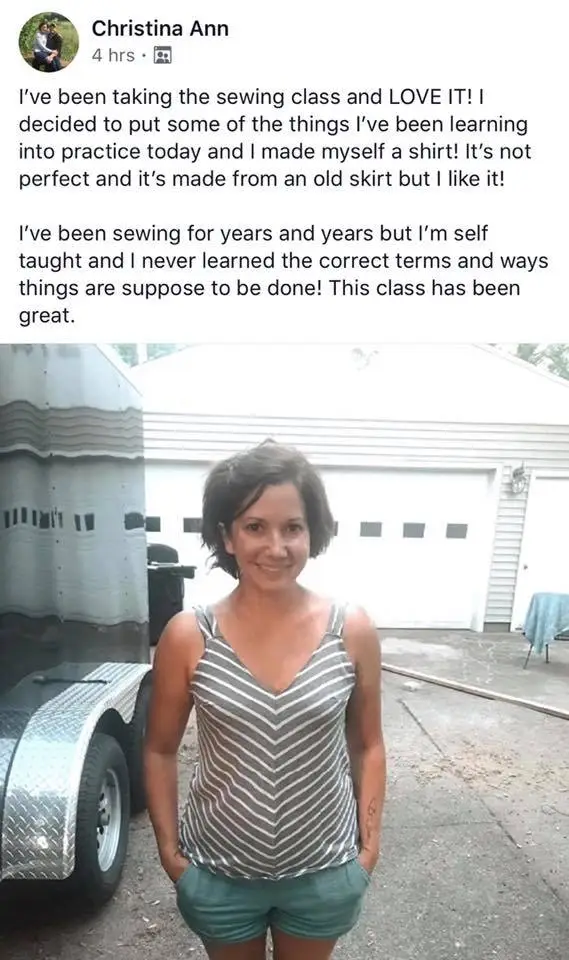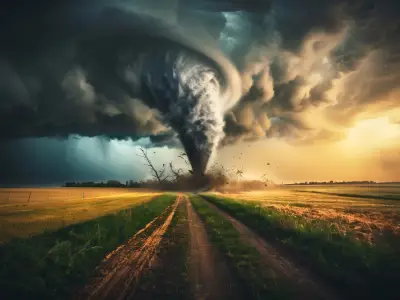Although it is an expression of one’s self, like any art form, being able to write good poetry is not something that anyone is born with the capability to do, it is learnt. The Poetry Writing Diploma Course walks you through the components that make stunning poetry and the techniques that you can put into practice, to begin or improve your own work.
Before putting pen to paper and crafting your own works, it’s best to get a grounding in the significance of poetry past and present. You will explore the history of poetry, what poetry has meant to different poets through time, how it has been used, and what to consider if you are interested in writing children’s poetry or spoken word poetry.
From here you will be introduced to the language of poetry. You will look at how words are used, how the language of poems works, and how it affects the reader. Through studying the Poetry Writing Diploma Course, you will see the various techniques and devices used in the creation of a poem.
Form and structure provide the framework of any good poem. The course goes into detail about form – discussing what it is, the various types of form, and its relationship to structure, along with reviewing examples of form and structural techniques.
The Poetry Writing Diploma Course explains how, using the right words, a good poem can affect the senses and create exquisite images in the mind. Through understanding and employing the art of imagery, you can affect the mood and movement of a poem. You’ll learn how you can use stylistic language to affect rhythm and mood, and examine how to use repetition, consonance, assonance and alliteration, along with imagery, to pull a poem together and create clarity by creating feeling.
Rhythm and metre are used in poetry to affect sound and meaning, but the two are often confused. You’ll learn about the differences between them and the different ways they can be used. You’ll also look at deviations to traditional metre and rhythm.
Often when people think of poetry, they think of rhymes. However, a poem does not need to rhyme to be a poem. In fact, in certain styles and genres, it has fallen out of favour. The Poetry Writing Diploma Course explores the rise and fall of rhyme, what the main types of rhyming are, and how practising using rhymes can make you a better poet.
With the tools and techniques of poetry writing explained, the Poetry Writing Diploma Course explains the components of creating “your voice” - word choice, imagery, line length, rhythm and tone – and how you can use these to create yours. You will also be provided with suggestions and tools that will help you hone your craft on a daily basis, such as by reading the works of respected poets, writing regularly and experimenting with style and structure.
In addition to helping you on your way to creating great poetry, the course will also instil in you the confidence and knowledge to publically share those poems. You’ll explore the various places and ways to submit your work and finally see your poems in print. You’ll learn how to take the next step - getting your work ready for book publication. Furthermore, the course examines the pros and cons of travelling the traditional route of publishing or deciding to self-publish, so that you can make an informed decision when the time comes.
Upon successful completion of this course you will:
- Have a firm knowledge of the history of poetry
- Understand key poetic terms and devices and how to apply them
- Be competent in writing in a wide range of poetic forms
- Have the ability to recognise and experiment with different poetic structures
- Confidently use different techniques such as metre, rhyme and figurative language in your own work
- Know how to recognise and develop your own “poet’s voice”
- Know which forms and techniques are best suited to your voice
- Understand how poems get published and feel confident in submitting work to literary publications



